Editor’s Key Takeaways: Transform Your Photography with Expert Photo Editing

This comprehensive guide to photo editing covers everything from why you should edit photos to sharing them on the web. Here’s a concise summary:
- Why You Should Edit Photos: Enhances your photography by adding depth, improving color, adjusting brightness, and cleaning up unwanted elements.
- RAW vs JPEG: Understand the best image file format for different editing needs, with RAW offering more flexibility.
- Photo Editing vs Photo Organization: Distinguishes between editing images for enhancement and organizing them for easy access.
- Best Programs to Edit Photos: Recommendations for powerful editing software that suit various skill levels and needs.
- Basic Photo Editing Concepts: Introduces fundamental techniques like adjusting exposure, contrast, color balance, and sharpening.
- Step-By-Step Photo Editing Plan for Beginners: Provides a structured plan to help beginners edit their photos effectively and efficiently.
- Sharing Your Photos on the Web: Guides on the best file types, image sizes, and tips for web sharing to ensure your photos look gorgeous online.
Introduction
Do you want to know how to take a mediocre photo and turn it into something great?
A photo that looks polished, striking, even professional?
That’s what photo editing can do for you.
In fact, you can consistently produce photos that look striking. You just have to learn how to edit photos.

Photo Editing Tutorial:
And in this complete guide to photo editing, I’m going to share it all.
First, you’ll learn all about the file types and programs you need to do some powerful editing. Then you’ll discover a step-by-step plan for editing your photos. Finally, you’ll learn how to export your photos for the web so that they look gorgeous.
Let’s get started.

Why You Should Edit Photos
Post-processing and photo editing both refer to the same thing:
Working with an image to modify and (ideally) improve it.
Now, you’ve probably heard that you don’t need to post-process your photos. You may have also heard that photo editing makes your images look fake and unpleasant.
But here’s the thing:
Photo editing is the perfect way to enhance your photography. And when used correctly, photo editing can take an average image and make it into something great.
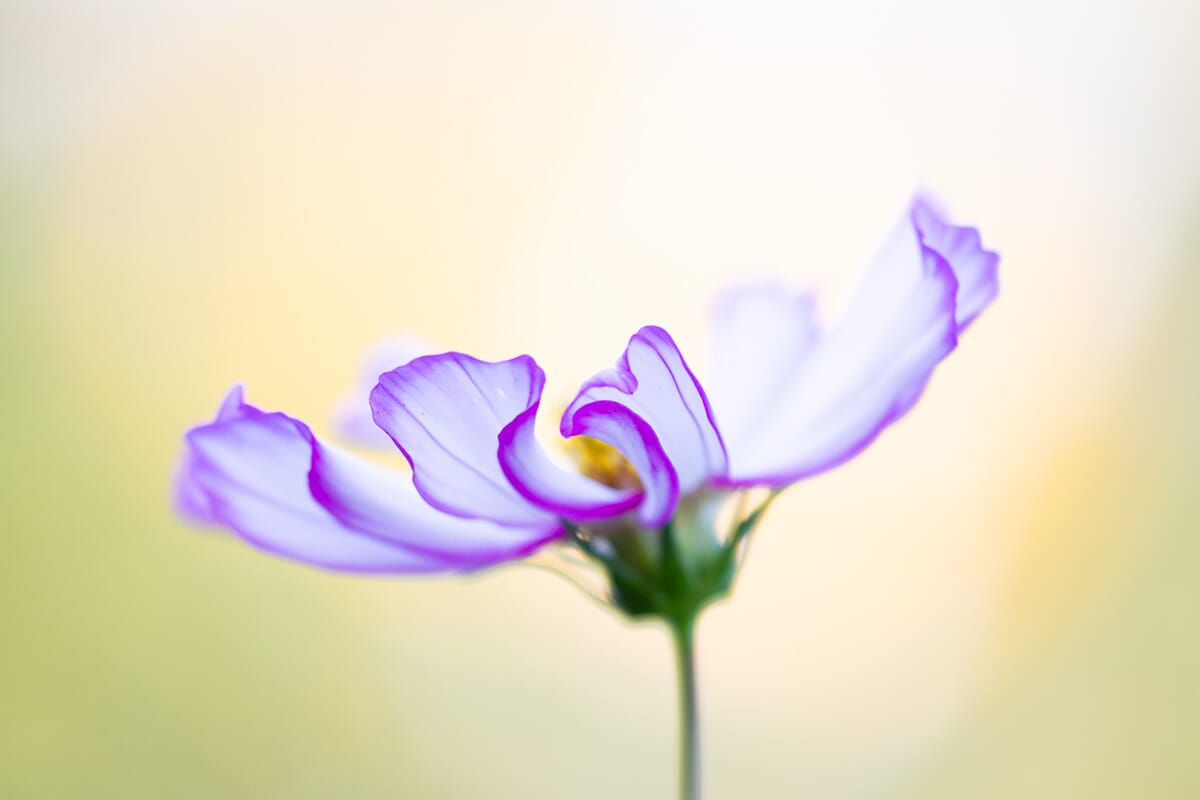
For instance, these are just a few of the things you can do effortlessly with photo editing:
- Add depth to a flat image
- Replace muddy areas with striking colors
- Darken photo edges to emphasize the subject
- Brighten a too-dark image
- Darken, a too-bright image
- Add a faded look
- Add a striking, cinematic look
- Clean up a dirty subject
- Remove distracting background objects
- And so much more!

On the other hand, a poor editing job can produce a photo that’s far worse than the original.
Here are a few things to look out for:
- Oversaturated colors
- Too-bright areas
- Halos around your subject
- Unnatural colors
- Strange-looking artifacts
Now, professional photographers use photo editing all the time. In fact, you’d be hard-pressed to find a professional photographer who doesn’t edit their photos.
For professional photographers, photo editing is a necessary extension of the photography process.
Why?
As I’ve discussed above, photo editing allows you to enhance your images in a natural, pleasing way. It also allows you to create a photo that looks more like the scene as you saw it – because images that come straight-out-of-camera often aren’t accurate.

Furthermore, photographers who shoot in RAW (a special file type) must edit their photos. This is because RAW files look terrible without editing.
Allow me to explain:
RAW vs JPEG: The Best Image File Format for Photography
Whenever your camera takes a photo, it stores that photo as an image file.
However, your camera has a few file-format options. There are two main file formats that cameras (and image editing programs) use:
- JPEG
- RAW
Also Read: JPEG vs RAW and Why RAW is Better
JPEG File Format
JPEG is the more common file format. And JPEG is the file format that is used all over the internet.
Most cameras have JPEG photos as their default.
But here’s the problem with JPEG files:
They’re compressed. The original image you took, with all its information, becomes a much smaller JPEG file.
And in the process, you lose a lot of detail.
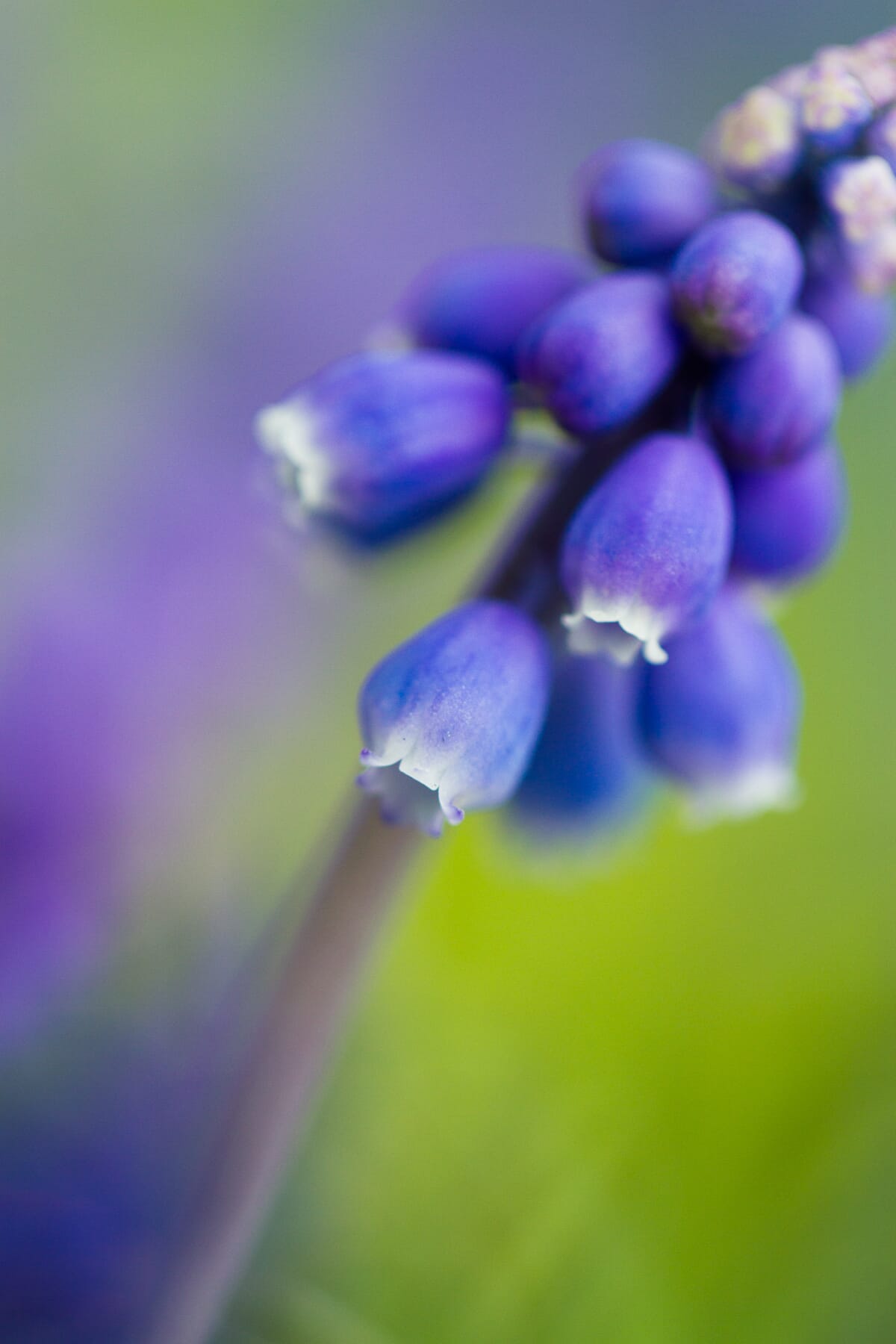
When you’re looking at your JPEGs on the screen, you probably won’t notice any issues. But if you try to process your JPEG files, you’ll run into trouble. Since the JPEGs are compressed, they don’t have much information to work with, so you can’t actually do significant processing. And any processing that you do can easily result in unpleasant artifacts.
One thing to note:
When your camera captures a JPEG photo, it processes the photo for you. It brightens up the colors, adds some sharpness, boosts the contrast, and more. This means that the image often looks good straight-out-of-camera.
So here’s the JPEG tradeoff:
- JPEGs don’t take up much space
- JPEGs look good straight-out-of-camera
- JPEGs don’t allow for much editing flexibility or control
But you don’t have to settle for JPEGs. These days, most cameras offer another image file format:
RAW.
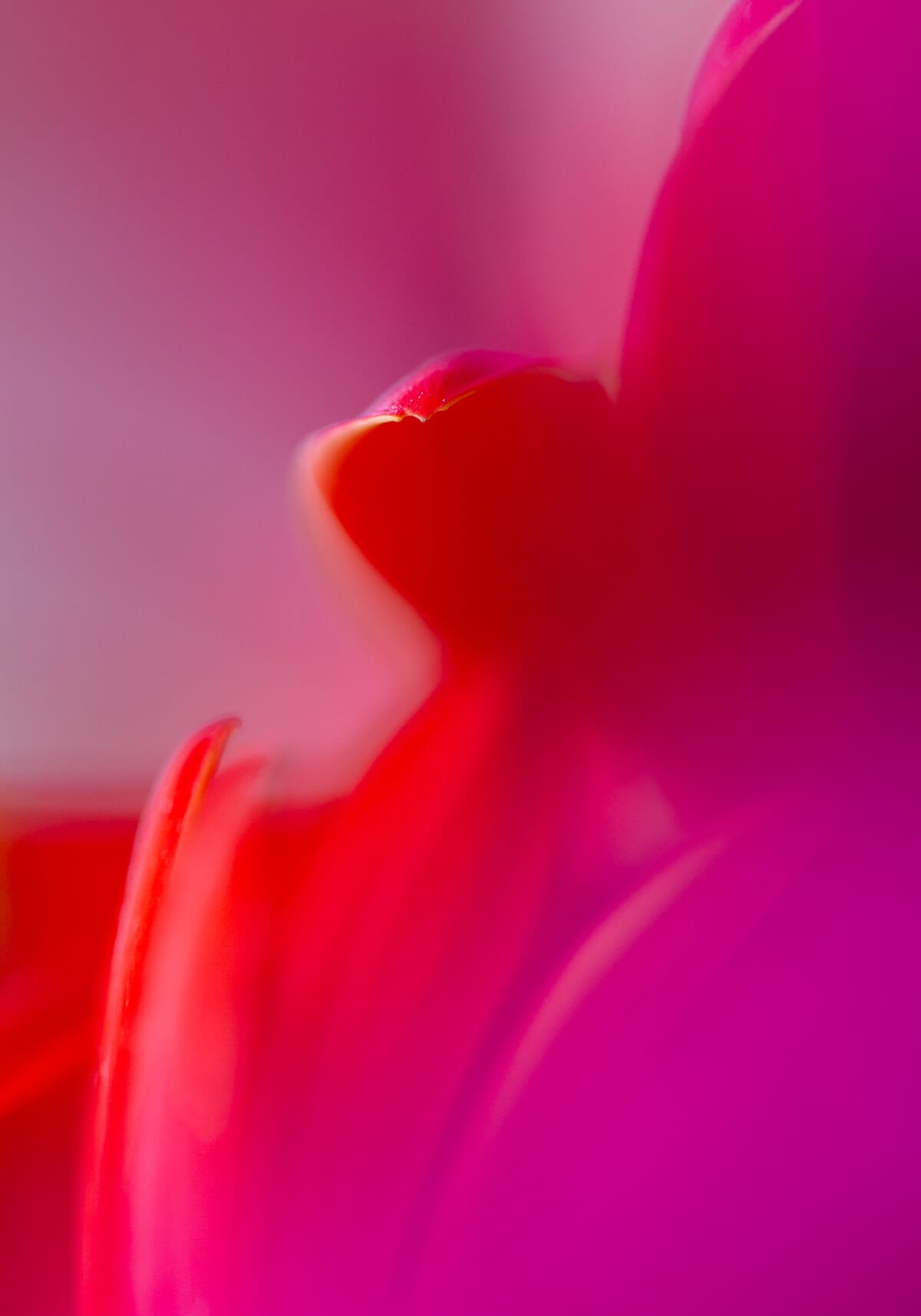
RAW File Format
RAW files are uncompressed. This means that they retain every bit of detail your camera grabs at the moment of capture.
But they’re large files. Therefore, your memory cards and hard drives will fill up faster.
And RAW files come out of your camera unedited. This means that they look pretty bad when viewed without any editing. They’re not sharp, the colors are boring, and the contrast is low.
So RAW files always require editing.
(Remember how I said that photographers working in RAW must edit their photos? This is why.)
But unlike JPEGs, RAW files are very flexible when it comes to editing. You can make lots of modifications without producing artifacts. You can lighten your RAW photos, darken them, change the colors, and more without causing problems.

In fact, RAW files are meant to be edited.
So here’s the RAW tradeoff:
- RAW files give you great editing flexibility
- RAW files are much larger than JPEGs
- RAW files require editing
RAW vs JPEG: Which Should You Choose?
For most photographers (myself included) the answer to this question is clear:
Shoot in RAW.
Yes, RAW comes with increased file sizes.
Yes, RAW photos require editing.
But this is a small price to pay for the extra editing flexibility. With RAW, you can really turn your photos into something stunning.
And this is so much harder to do with JPEGs.

So I urge you to shoot in RAW. It may seem cumbersome at first. But you’ll thank me in the long run.
Why You Should Edit Your Photos: Conclusion
Hopefully, you now understand why photo editing is so critical.
Editing is essential for three main reasons:
- Editing allows you to make your photos even more beautiful
- Editing allows you to recreate the scene that you actually witnessed
- Editing is required for all photographers who shoot in RAW (and you should!)
This brings me to the next big question:
Which program should you use for editing?
Photo Editing vs Photo Organization
Before we get into the specifics of photo editing programs, I want to talk about an important distinction:
Photo editing versus photo organization.
You see, there are two broad types of photography software.
Photo editing software gives you the tools to modify your photos. This includes:
- Cropping
- Contrast
- Sharpening
- Saturation
- Noise Reduction
(And so much more.)
Photo organization software gives you the tools to organize your photos. This includes:
- Selecting your best photos
- Organizing your photos into portfolios
- Easily renaming photos
- Adding keywords and ratings to photos
(And much more.)
In practice, most photography software offers a combination of these functions. I urge you to take advantage of this. You should strive to create an editing workflow that involves both organization and editing. It’s easy to get caught up in editing and forget about organization.
Related Posts
But if you don’t carefully organize your photos, they’ll end up a mess. And you’ll never be able to find them when you need them.
So I’d suggest you get a powerful photo editing program – but one that also gives you some photo organization capabilities.
The Best Programs to Edit Photos
Which photo editing program is best?
Unfortunately, there’s no easy answer to this question. There are a number of excellent programs which compete around editing capabilities, organization capabilities, and price.
However, there are a few editing programs that are truly stellar. Read on to learn more about their amazing features.
1. Adobe Lightroom

Adobe Lightroom Classic is undeniably one of the best, if not the best, photo editing suites out there.
Lightroom Classic comes with amazing photo organization tools, from quick naming to star ratings to portfolio creation.
Lightroom also packs a big punch on the editing front. While not the most comprehensive photo editor out there, this package offers a lot of powerful tools. And what it lacks in complexity it makes up for in user experience: Lightroom is amazingly simple to use. I’d go so far as to call it the best photo editing software for beginners.
The only drawback is price.
Related Posts
A few years back, Adobe moved all its programs to a subscription-only option. This means that you can’t purchase Lightroom outright. Instead, you must subscribe to one of Adobe’s software packages. And they don’t come cheap.
Which brings me to your next option:
2. Luminar
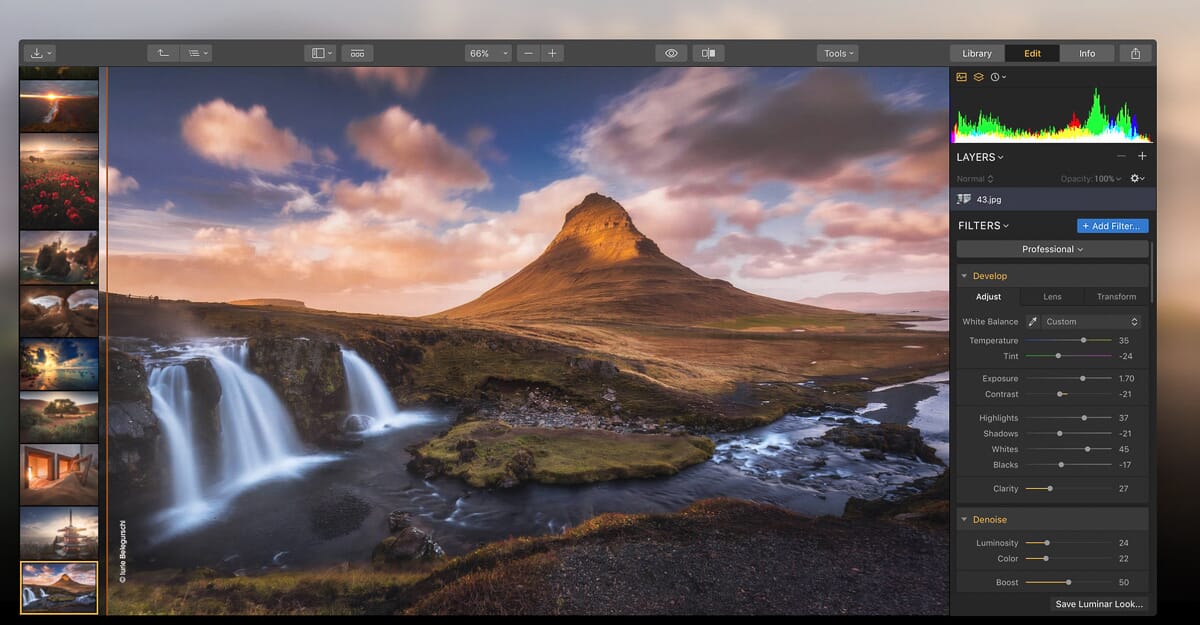
Luminar Neo is an excellent photo editor, and it’s offered at a bargain price.
While Luminar Neo is not quite as popular as Lightroom, Luminar can hold its own. The editing tools are powerful, and the Luminar AI function allows you to quickly improve your photos.
Also read: Luminar NEO Review
Plus, Luminar offers excellent photo organization options. With Luminar, you can sort, rate, and organize your photos – all with an easy-to-use interface.
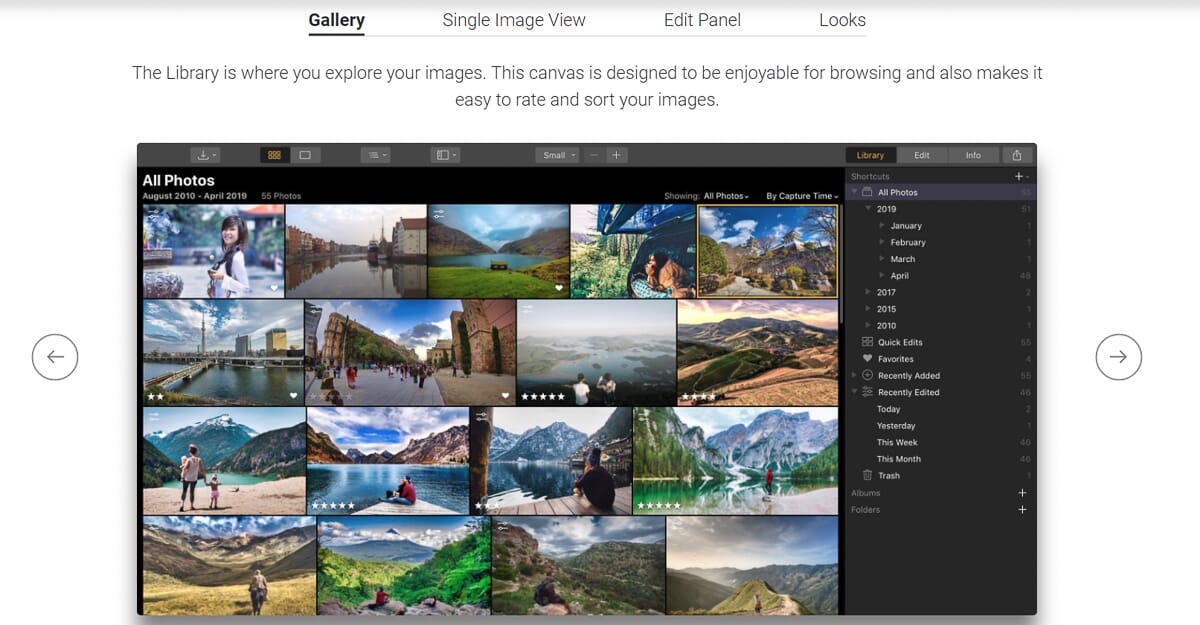
And Luminar comes with a host of presets, which allow for gorgeous edits in the blink of an eye.
3. ON1 Photo RAW

ON1 Photo RAW is another popular photo editing package (read our ON1 Photo Raw Review).
ON1 is a full-featured editor, offering a set of global and local adjustments. And it bills itself as “one of the best alternatives to Lightroom and Photoshop.”
It truly is an impressive piece of software. The editing tools are powerful, and the photo organization suite is well-built.
And did I mention the RAW processing?
As you may have guessed from its name, ON1 Photo RAW offers top-of-the-line RAW processing that allows you to enhance your files in moments.

The Best Programs for Photo Editing: Conclusion
This list of photo editing programs is hardly exhaustive, but it should give you a great starting point.
If you’re still struggling to choose an editing program, I’d just recommend going with Lightroom. You can get a short trial, and go from there.
Basic Photo Editing Concepts
If you want to do high-quality post-processing, there are a few concepts that you need to be familiar with:
Global Adjustments
Global adjustments are edits that affect the entire photo.
These include:
- Changing the contrast
- Changing the exposure
- Changing the saturation
- Sharpening
All editing programs offer global adjustments. And when you edit, you should always start with global adjustments.
In fact, many of your photos may only need global adjustments.
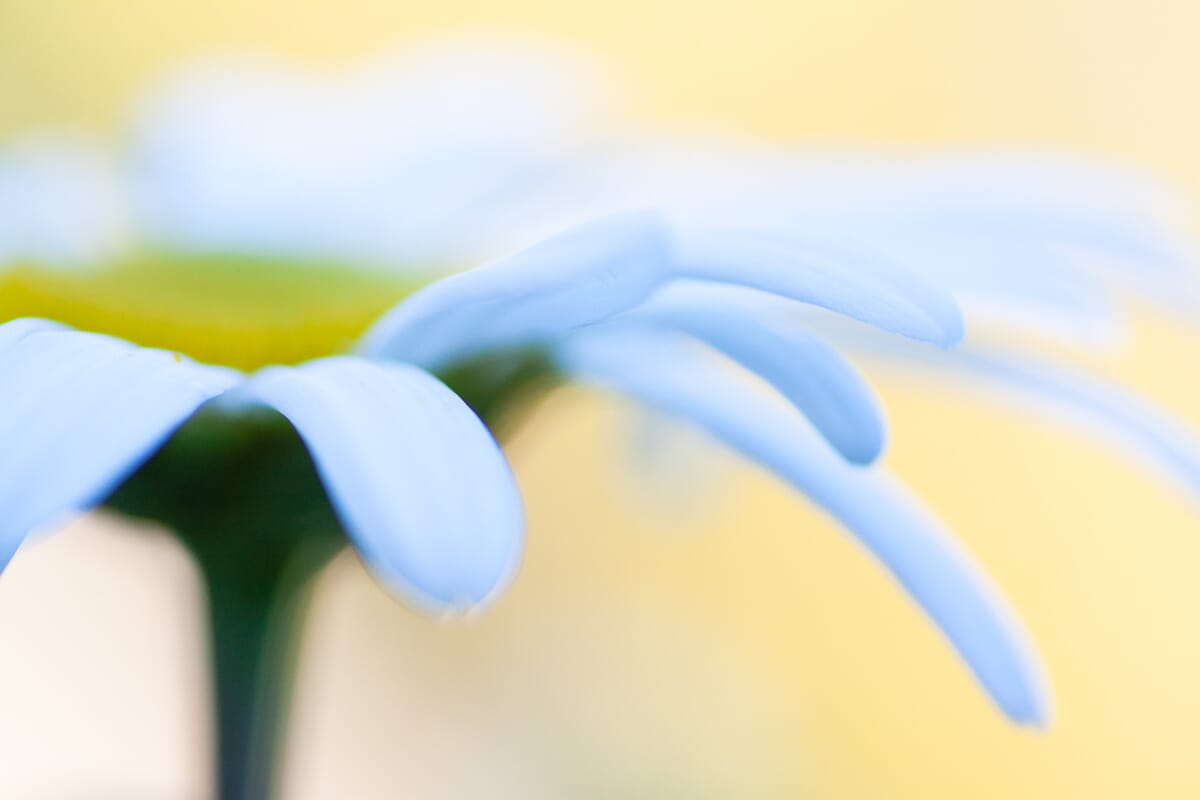
Local Adjustments
Local adjustments are edits that affect a small part of the photo.
These include:
- Selectively brightening or darkening parts of the photo
- Removing spots in the photo
- Changing the colors in one area of the photo
Most editing programs offer local adjustments of some sort. But programs like Photoshop offer more local adjustment capabilities than programs like Lightroom.
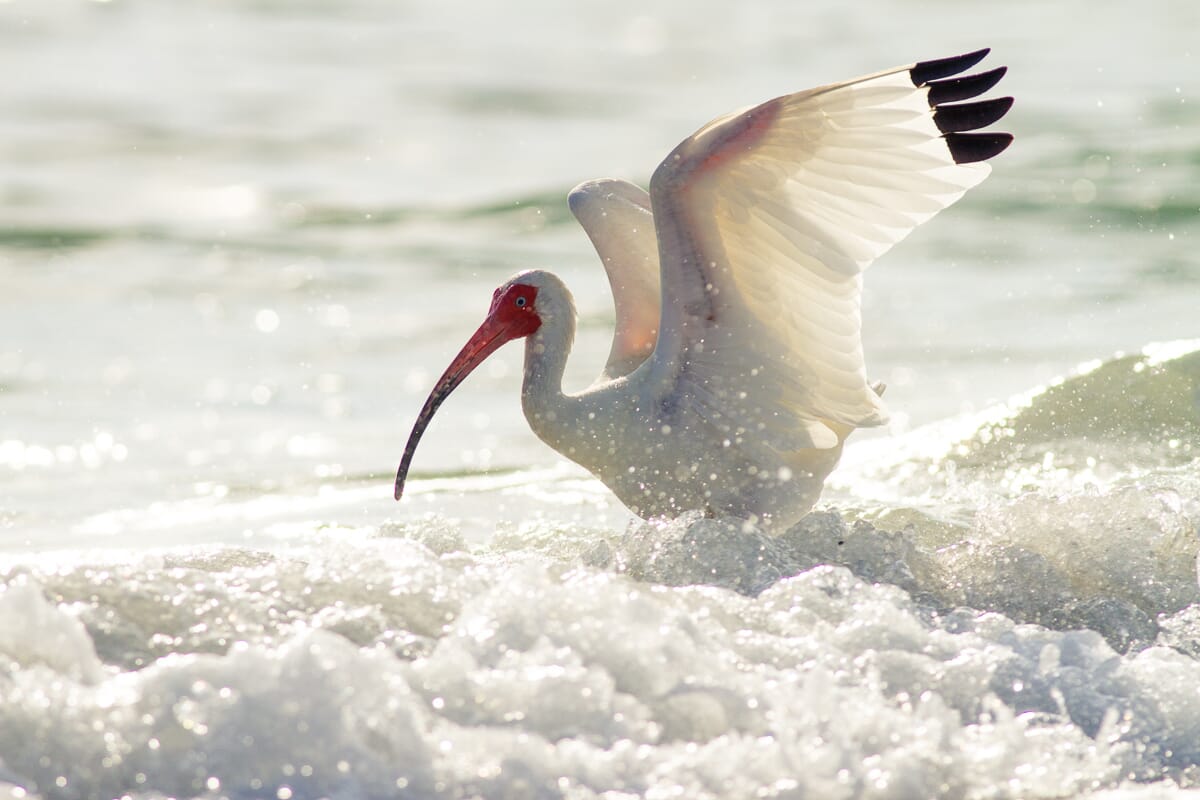
Cropping and Straightening
To crop is to remove edges of your photos.
When you crop your photos, you change the composition. That is, you change the overall balance of the photo by getting rid of pieces.
This is why cropping is so powerful; it allows you to correct a badly-composed image.
Straightening involves taking a crooked image and cropping off parts, so that the image appears level. Most editing programs have useful tools for quickly straightening your photos.
For instance, I didn’t like the crooked line in the photo below:
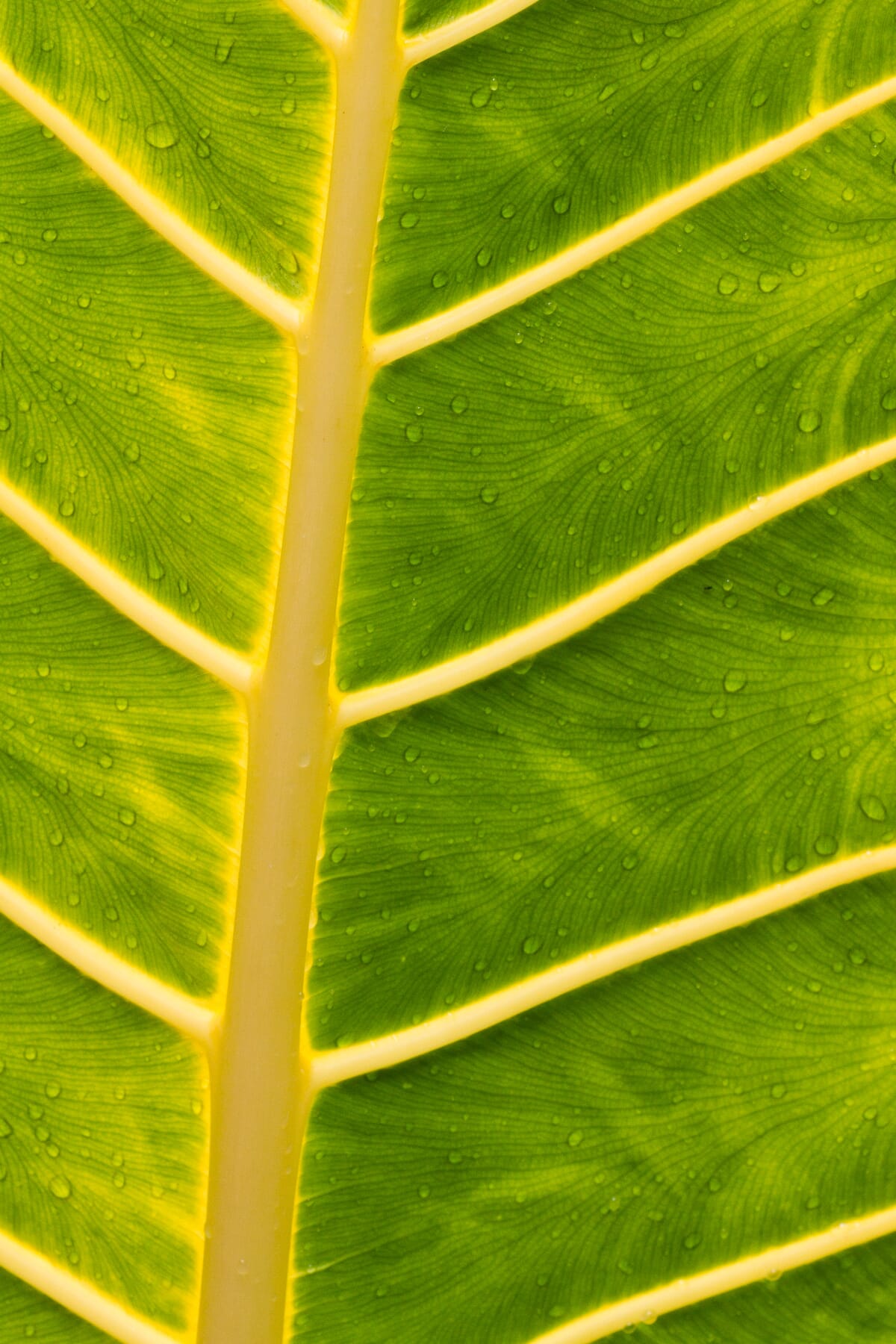
So I used the straightening tool in Lightroom to produce a modified version:

Temperature and White Balance
Temperature refers to the overall warmth or coolness of your image.
Warm images have a red color cast, like this:

Cool images have a blue color cast, like this:
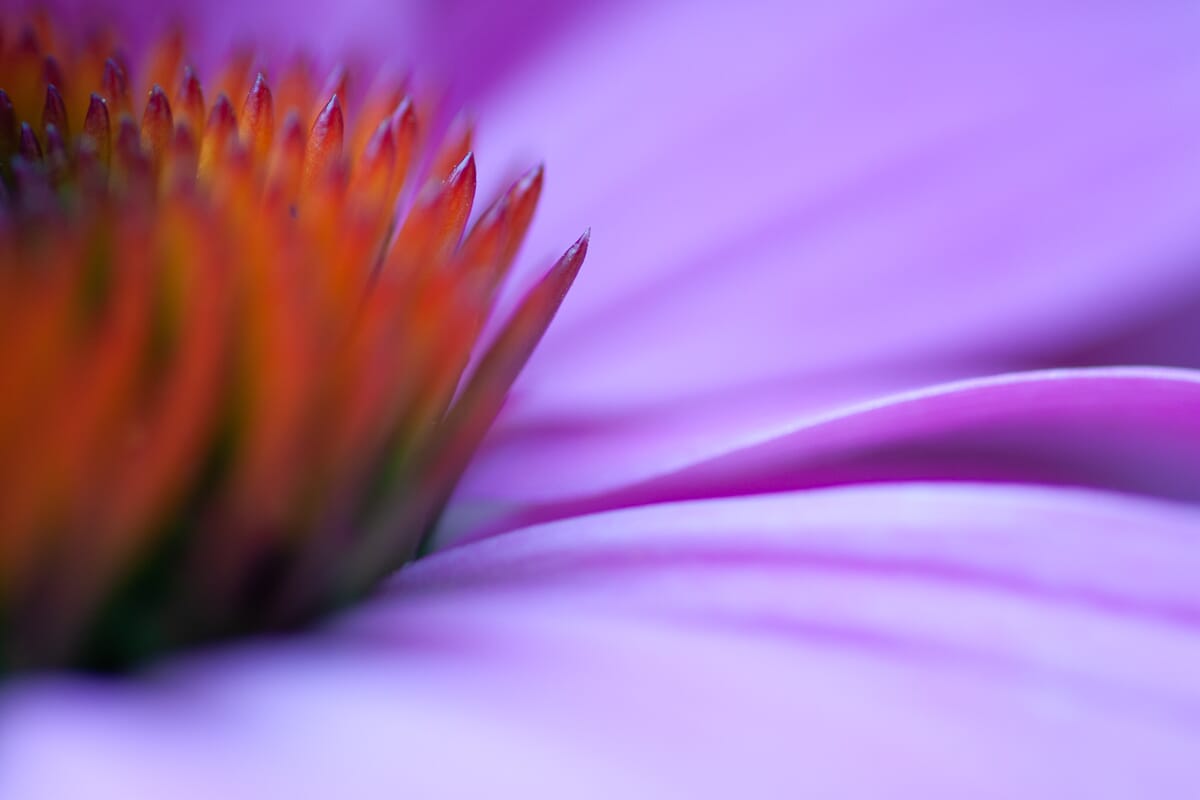
The initial temperature of your image depends on the color of the light. If you shoot around sunset (one of the best time-slots to take pictures outside), the light will be a rich, golden color, which is very warm.
If you shoot on a cloudy day, the light will be much bluer – that is, quite cold.
Now, these warm and cool color casts are problematic. Of course, a color cast can look artistic. But it often looks plain bad.
This is the point of white balance. It’s a tool offered in basically every photo editing program, and it allows you to balance out the color casts in your image.
This photo has no color cast:
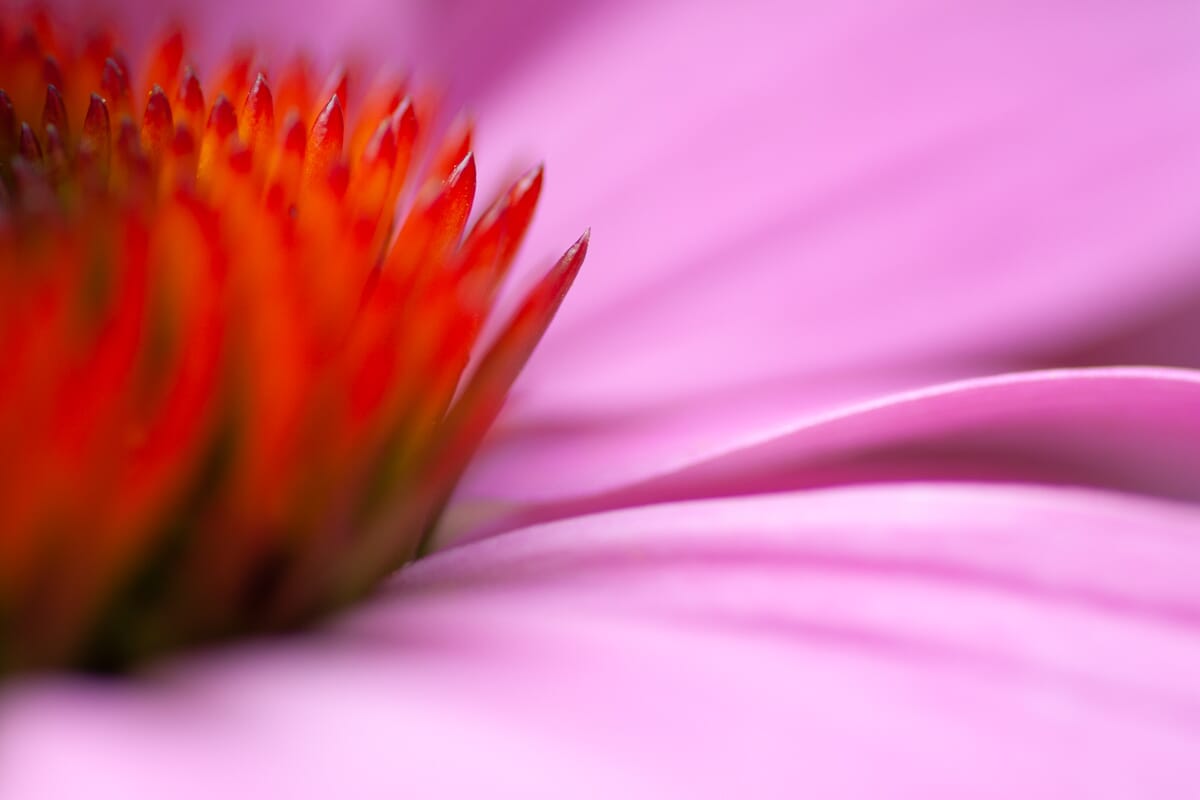
Exposure
Exposure refers to the level of brightness in an image.
An image that is perfectly exposed will be full of details, like this:

However, an underexposed image will lack detail in the darker tones:
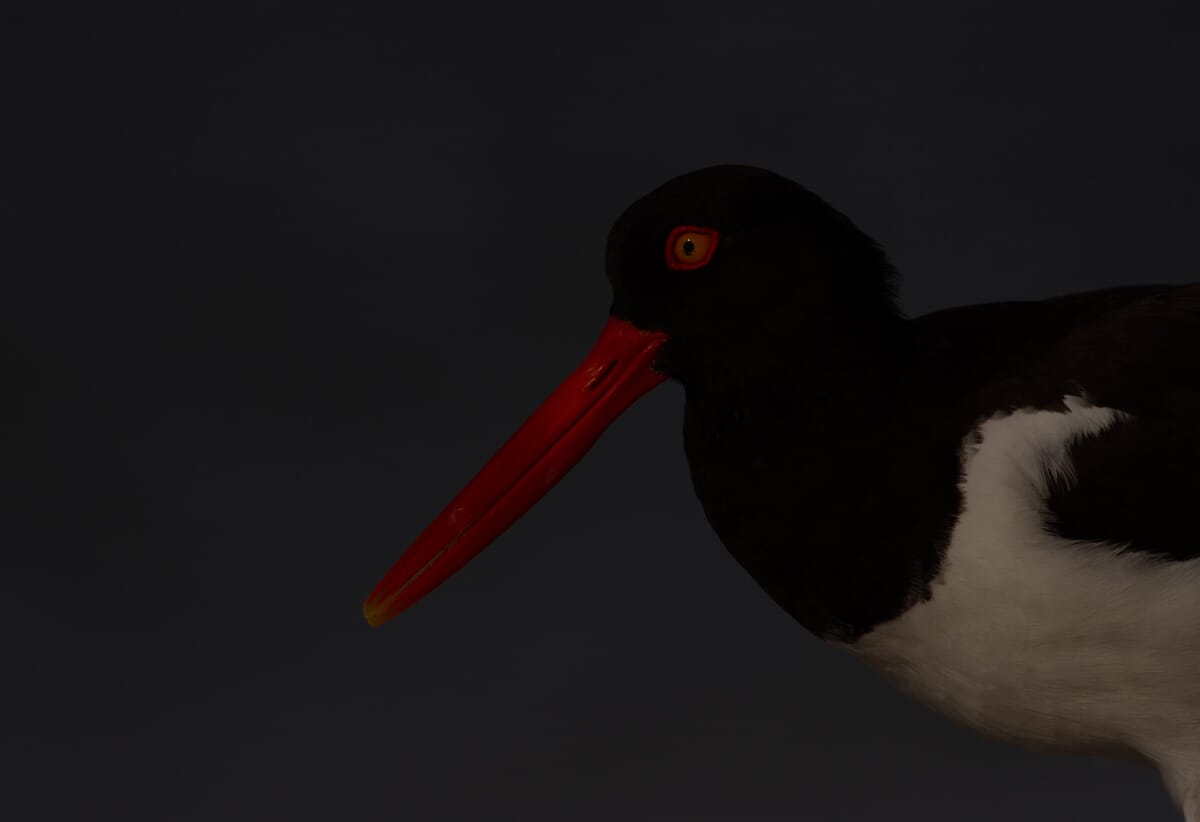
And an overexposed image will lack detail in the whites:

Exposure is one of the first things you should think about when you’re taking your photos. But you can correct a poorly-exposed photo in any post-processing program.
Contrast
Contrast refers to the difference between the lightest tones and the darkest tones in your photos.
A photo that is all similarly-toned is low contrast. The photo below is very bright. It’s a low-contrast shot:
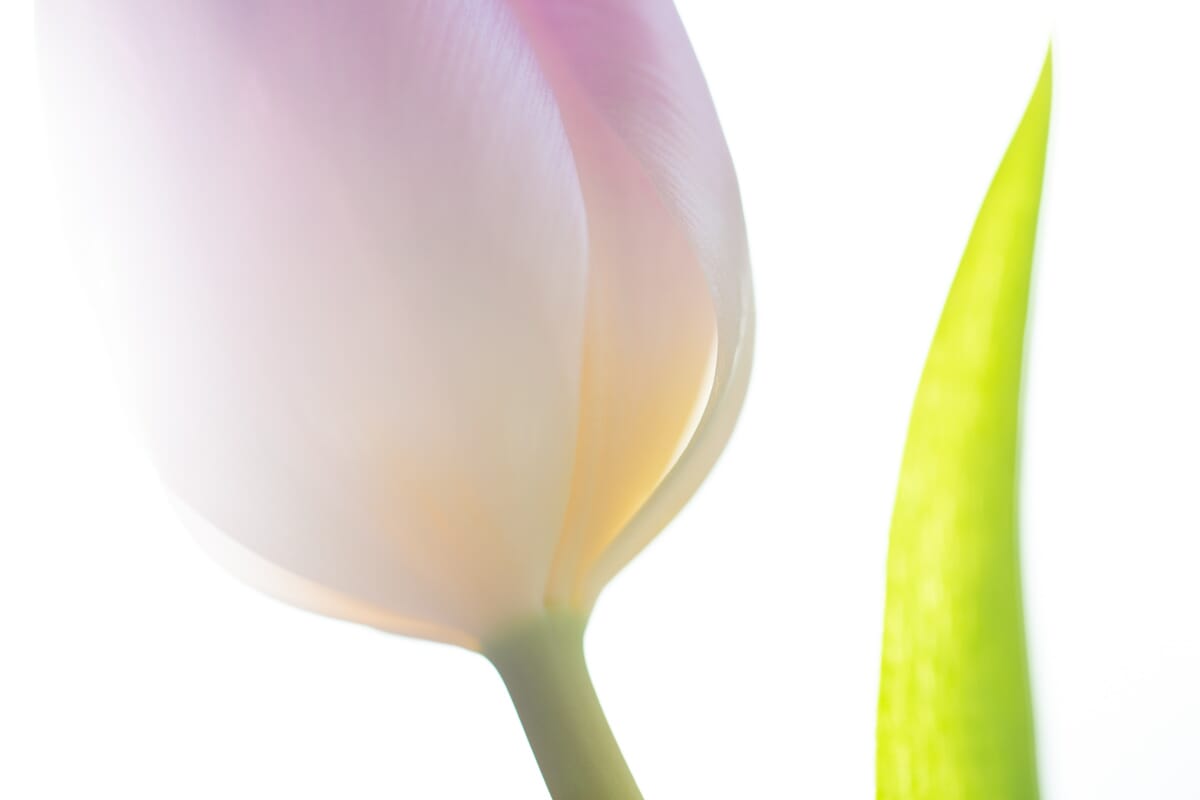
However, with a contrast boost, the deep greens darken and the whites brighten:
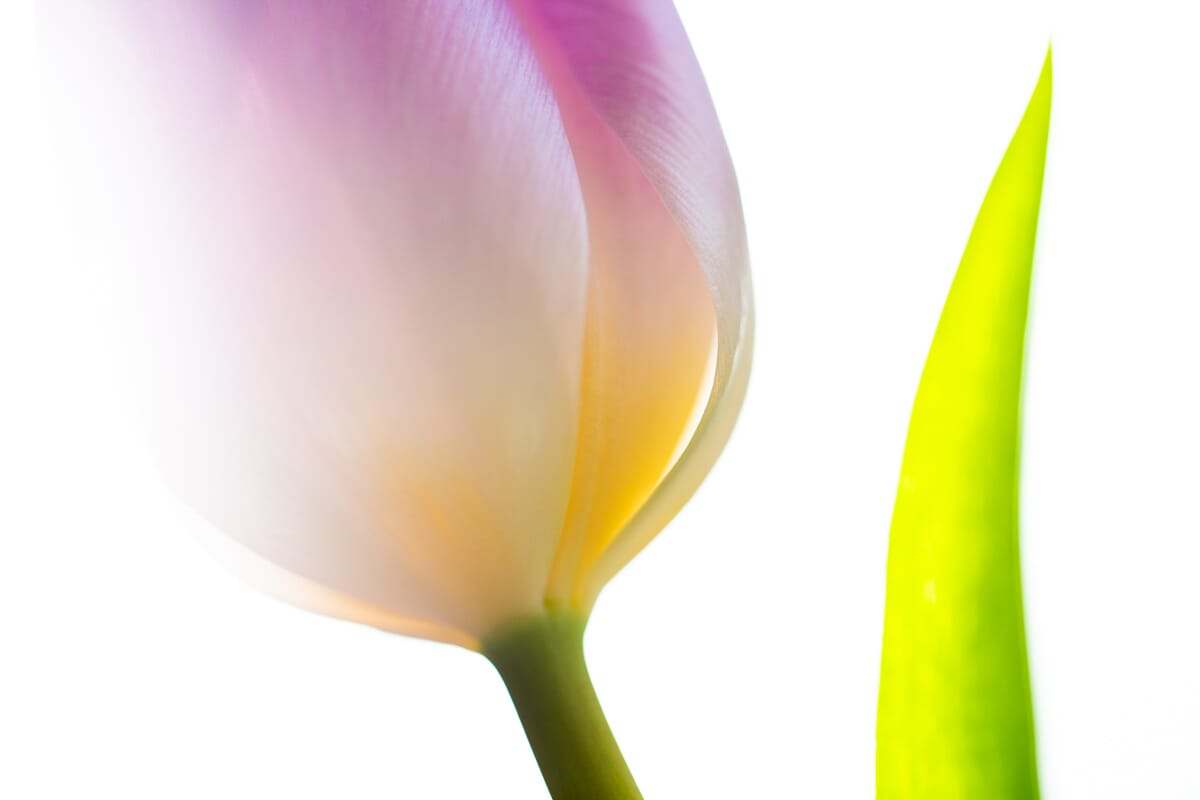
When you adjust the contrast of a photo, you brighten the brightest parts and darken the darkest parts, giving a punchier effect.
Saturation
Saturation refers to the intensity of the colors in an image.
High-saturation images have very deep, intense colors:

Low-saturation images have more limited, subdued colors:
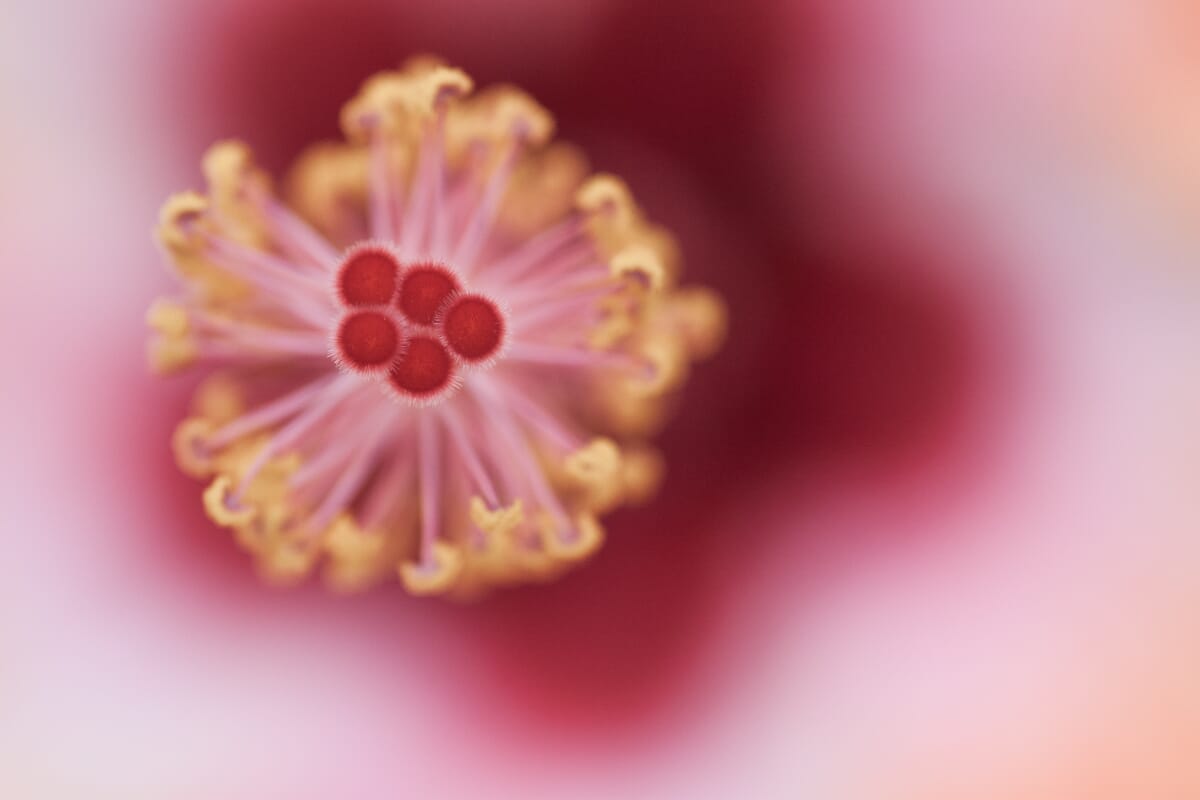
Here is the final, slightly saturated image:
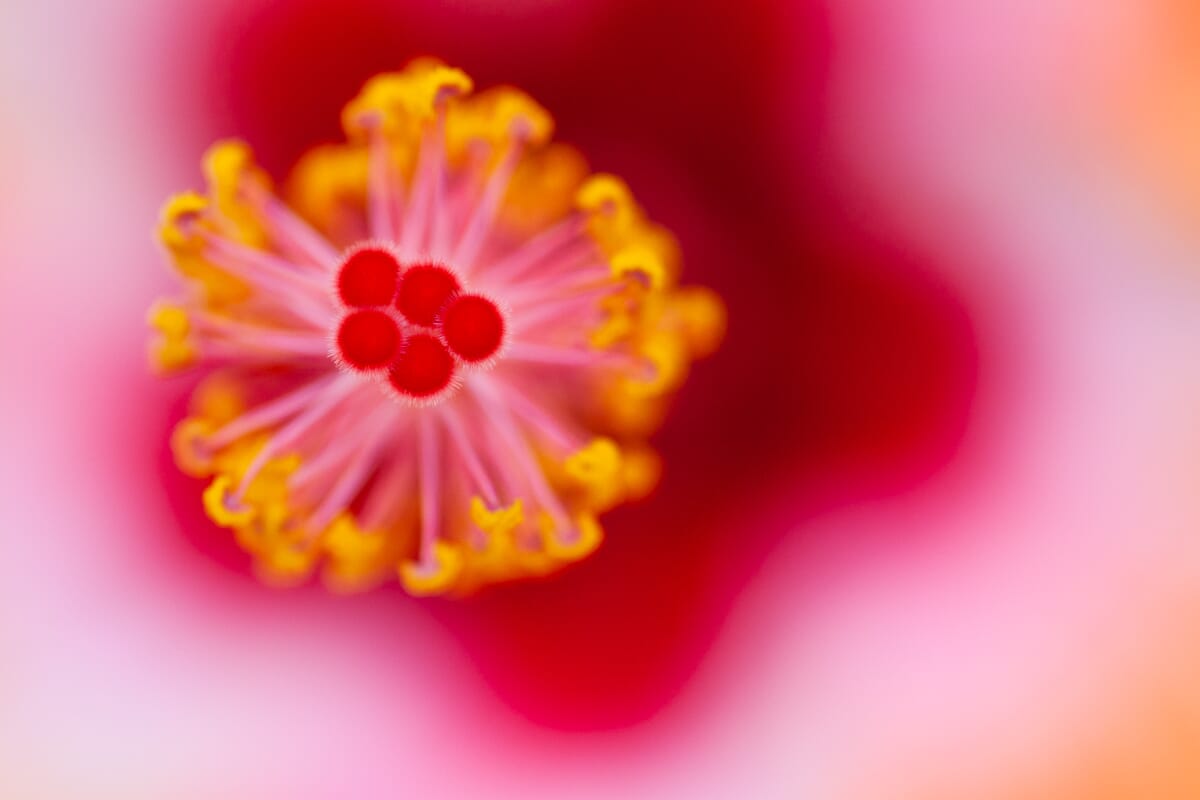
Cloning and Healing
Cloning and healing are similar processes:
Cloning lets you select a spot in your photo, and replace it with a different place in the same photo.
Healing lets you select a spot in your photo, and paint over it with a brush. This alters the photo without taking from the area around it.
Notice the green streak in the photo below:
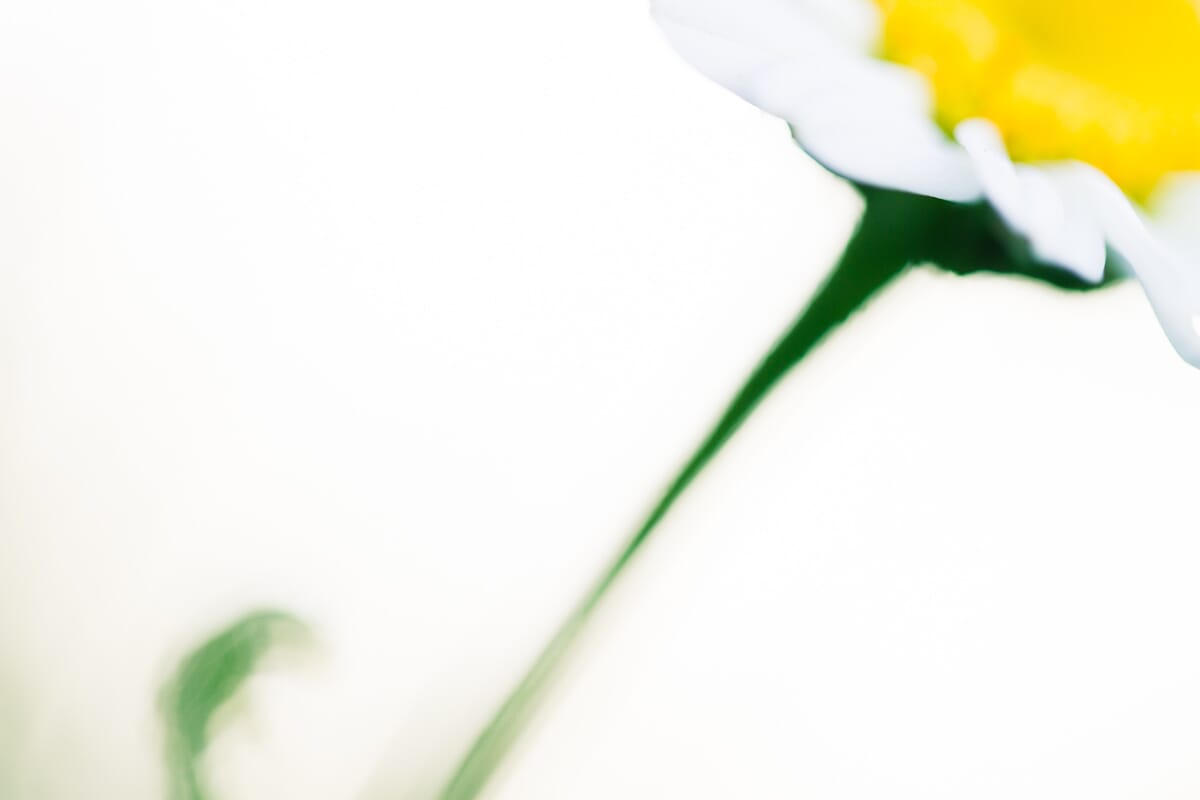
With a bit of healing, it disappears:
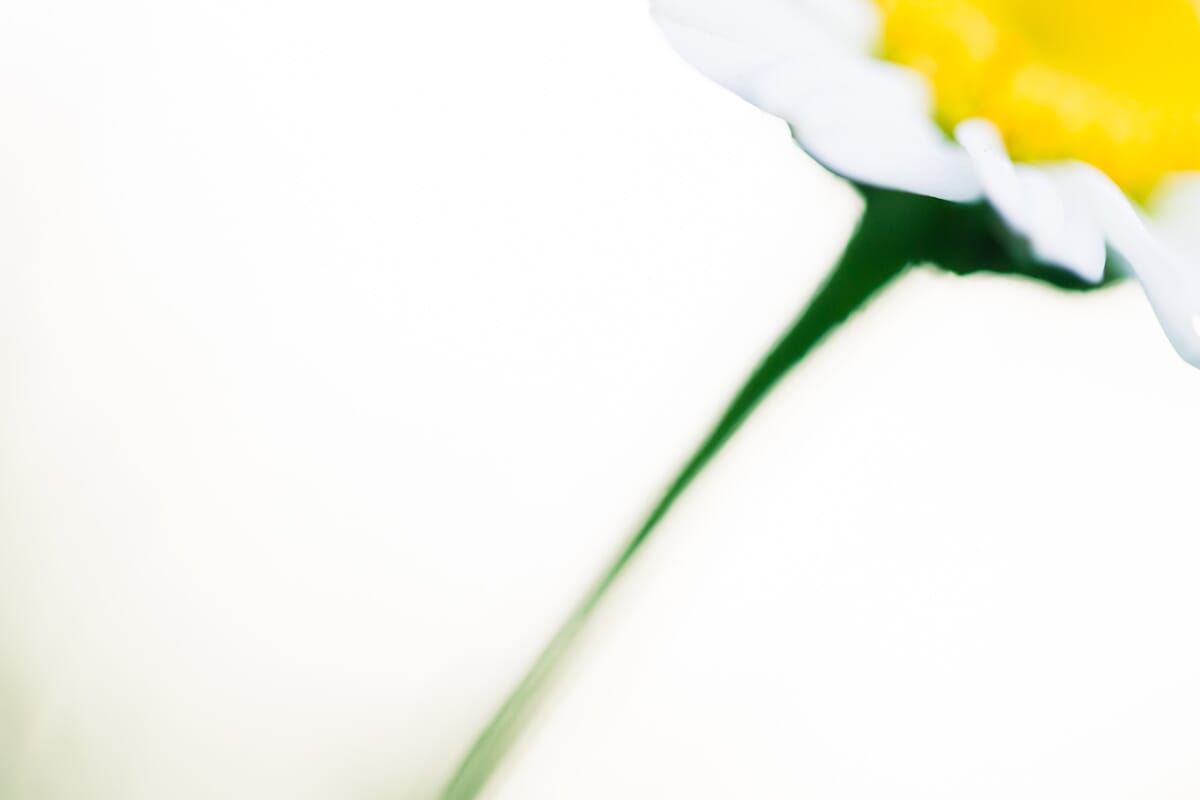
Sharpening
Sharpness refers to the contrast between an object and its background.
A sharp subject basically has contrast-heavy edges, whereas a soft subject has limited contrast between its edges and the background.
For instance, look at this photo:
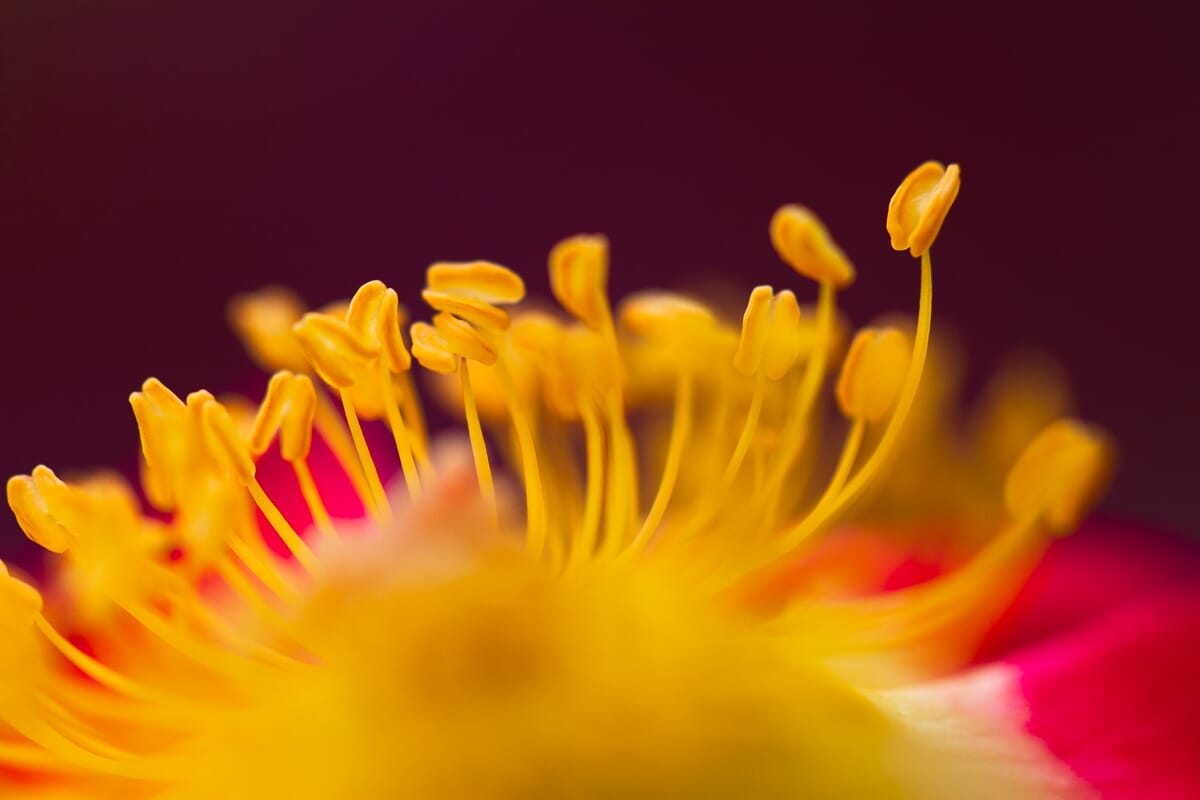
The flower center is extremely sharp. You can see more clearly in this cropped version:
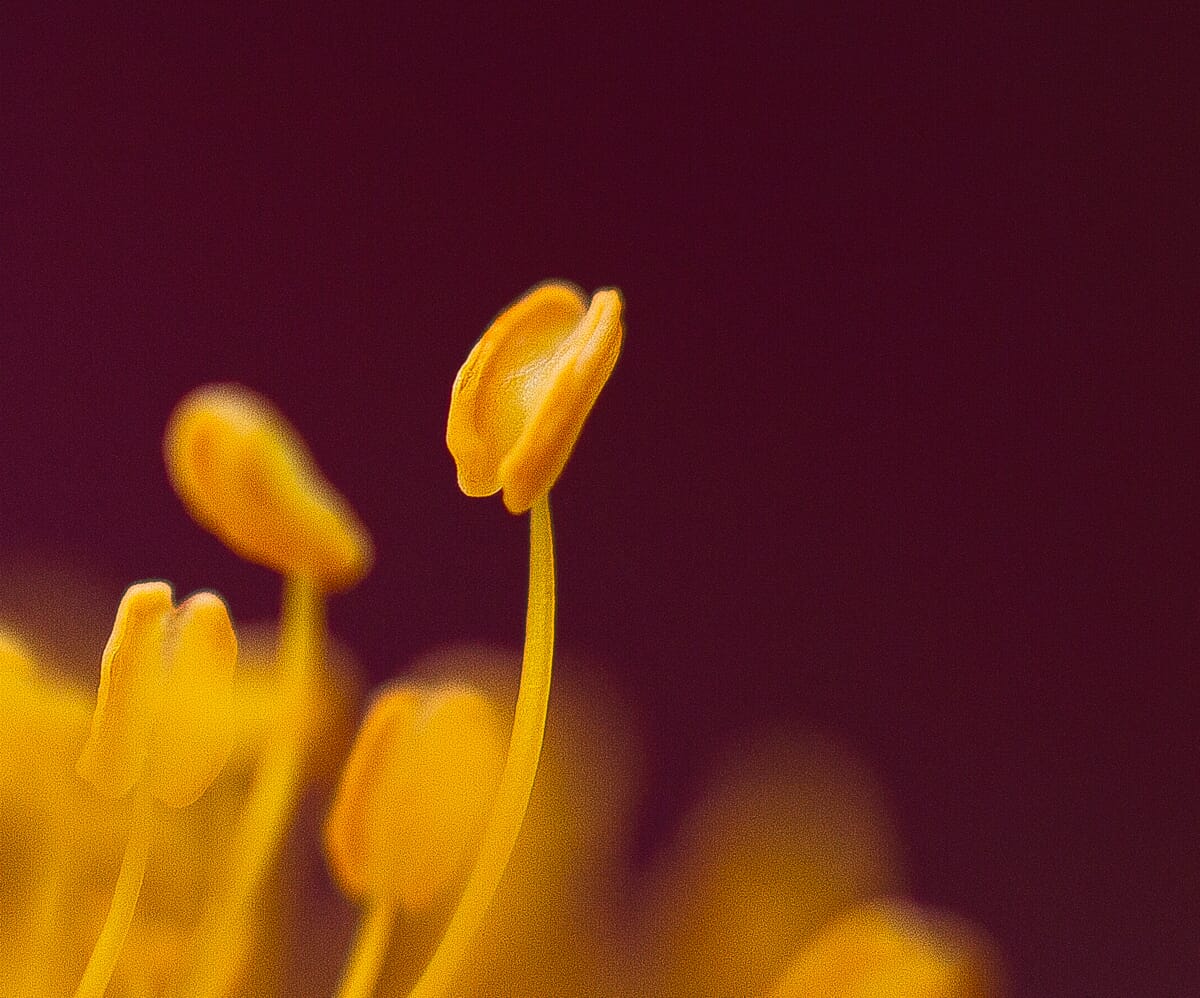
Notice that the edges of the anther are extremely well-defined.
Now, photos often turn out soft because of camera shake. If you take your photo with a shaky camera, the edges of your subject blur, making them far softer and low-contrast.
Noise Reduction
Noise refers to unwanted artifacts in photos. You see it as small specks, often called grain.
Notice the grain in the photo below:
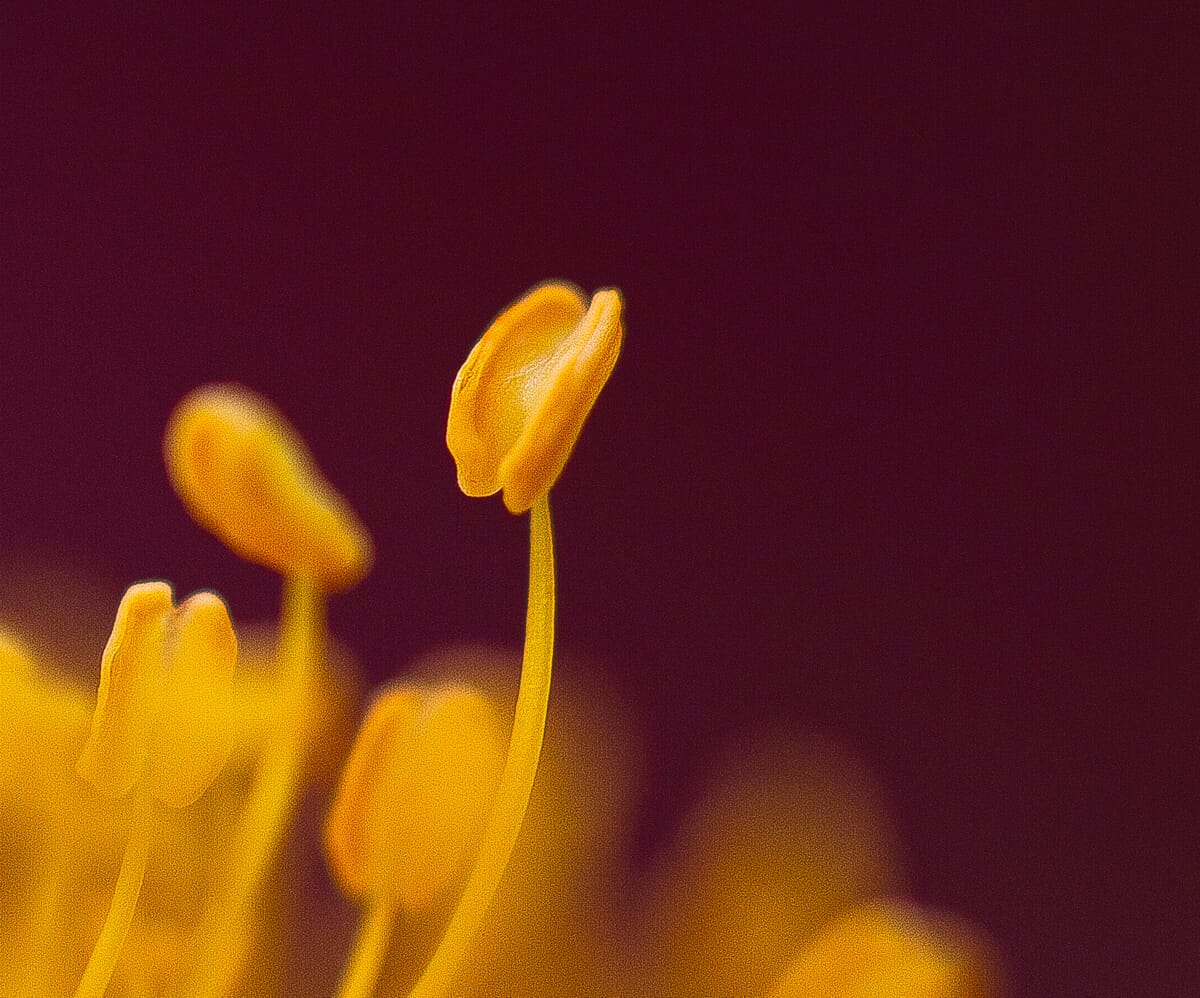
Why does noise appear in your photos?
Noise primarily occurs when you shoot at a high ISO. This often happens at night, when your camera pushes up the ISO to compensate for the lack of light.
Therefore, noise reduction software is designed to remove unwanted noise from your photos:
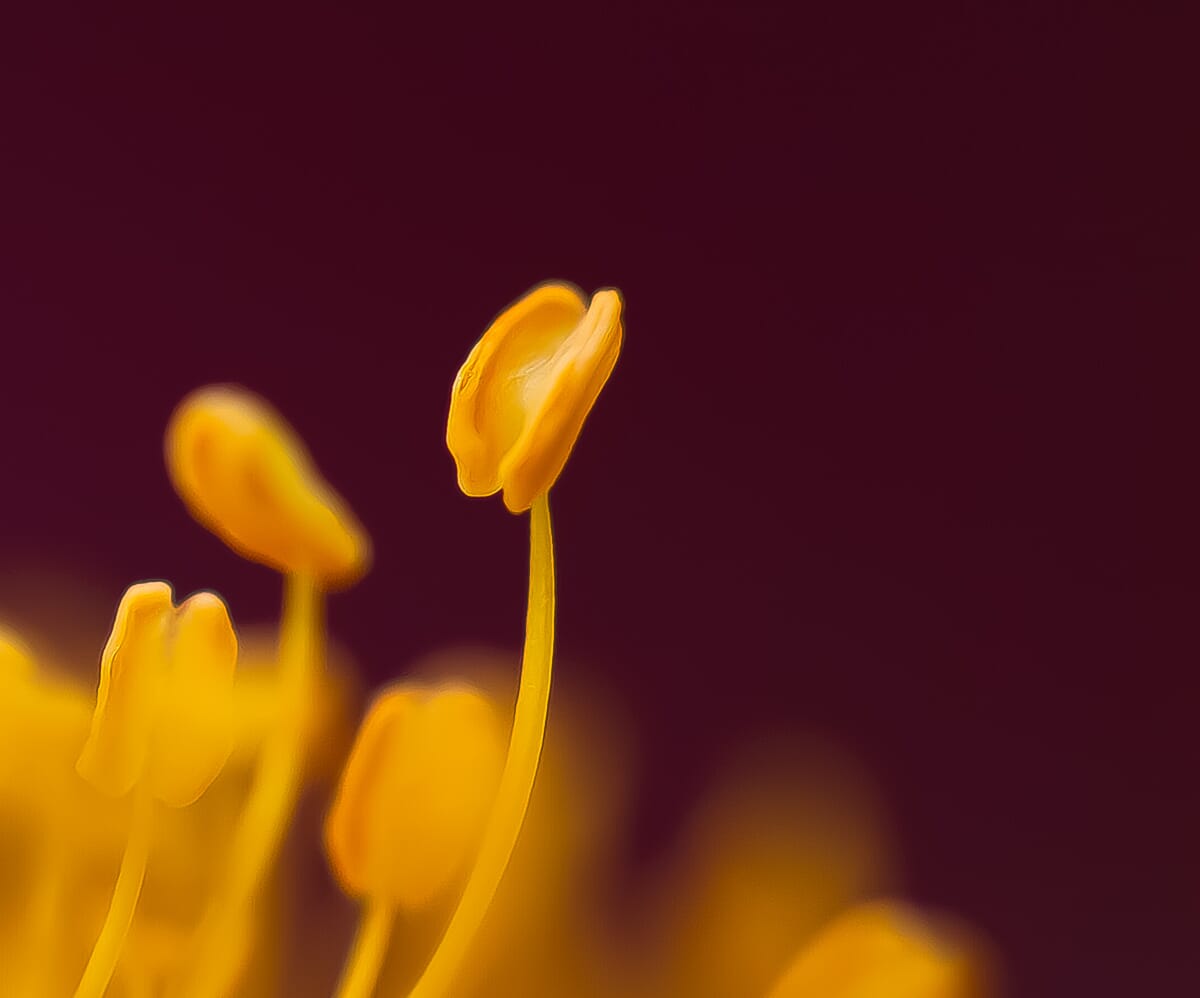
As you can see, the noise has mostly disappeared.
Step-By-Step Photo Editing Plan for Beginners
If you’re just starting out with photo editing, don’t worry.
It doesn’t require any technical wizardry. It doesn’t require a deep understanding of a computer.
It doesn’t even require much knowledge.
Because the most important, most impactful edits are the simplest ones. They’re the edits that you can learn to do in minutes.

If you want to learn more about these edits, read on.
Step 0: Organize Your Photos in Your Photo Library
If you have a program such as Lightroom or ON1 Photo RAW, this should be no problem.
If you don’t have any type of photo organization program, you should still organize your images. But you may have to sort them into actual files on your hard drive.
Start by transferring all of your photos into a single place – one spot where you can always find everything.
Then go through those photos one by one. Don’t do any actual editing. Instead, flag all photos that are halfway decent, and put them in a special folder marked ‘Keep.’ Don’t be selective – move through your photos quickly.
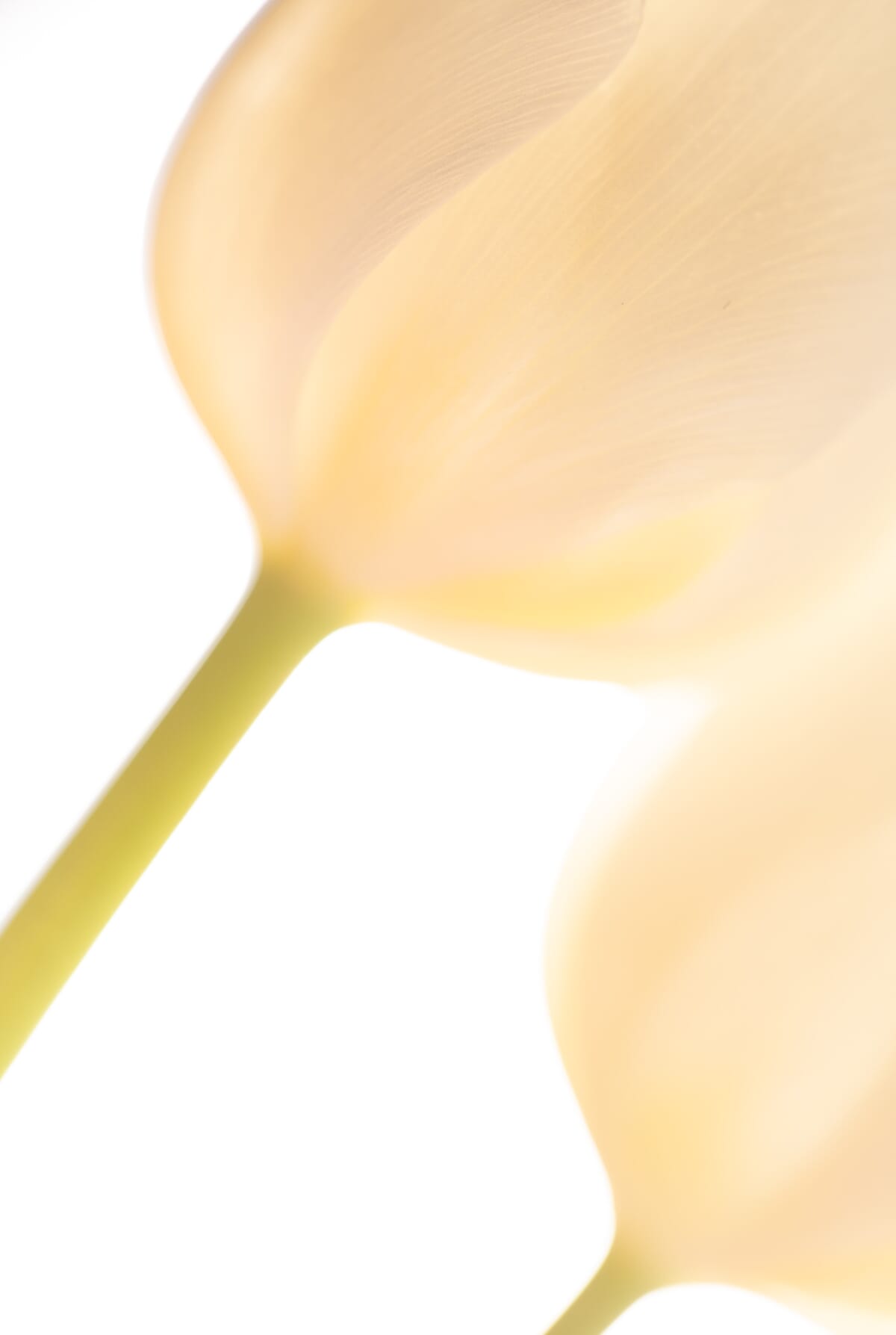
All photos that are below mediocre (i.e., bad) you can relegate to a ‘Rejects’ folder. Or, if you prefer, you can simply delete them.
Now it’s time for a second pass at your photos.
Go through your ‘Keep’ photos. This time, be more selective. Flag only the strong photos. Where there are near-duplicates, choose the best of the two and move on.
Put all of the strong photos in a folder labeled ‘Best.’
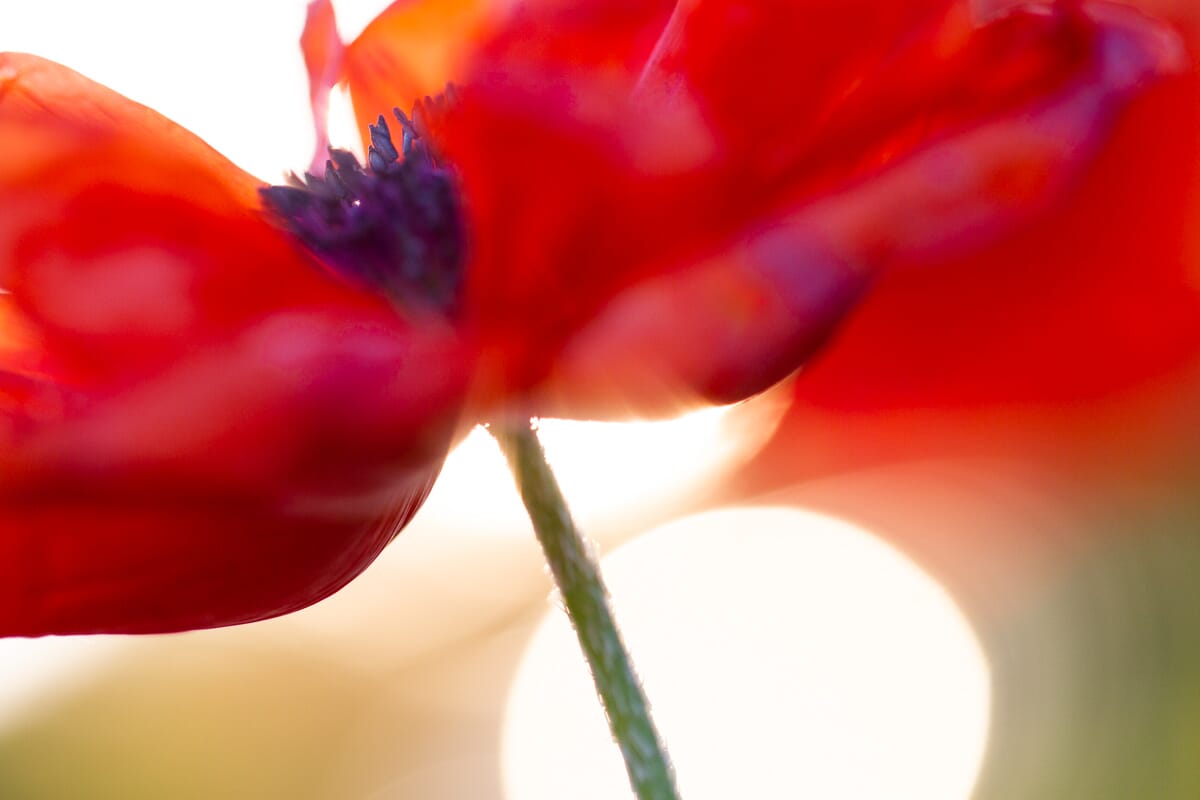
Now you should have narrowed down your photos substantially. And you should be ready to start editing.
I like to edit my photos one at a time, from start to finish. I’d recommend that you do the same.
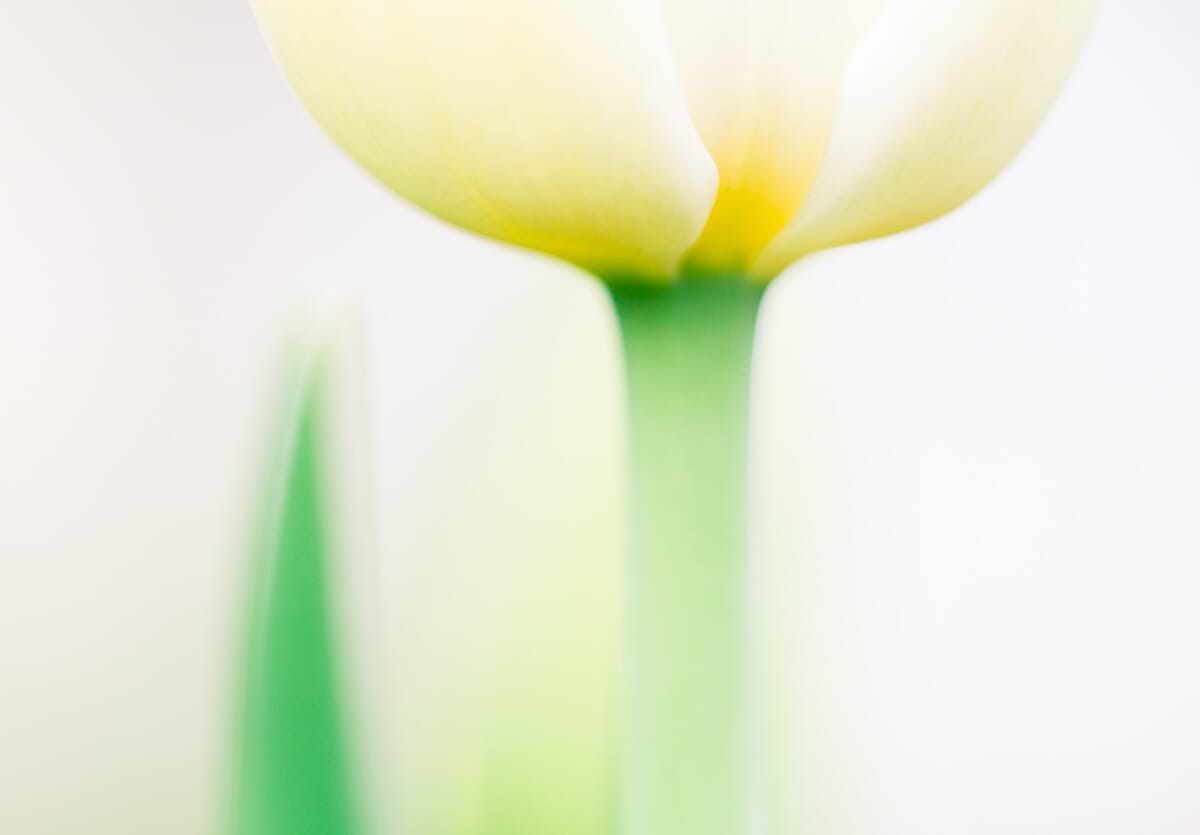
Step 1: Straighten and Crop Your Photo for the Best Possible Composition
First things first:
Start by straightening and cropping your photo.
Why?
Because you want to edit your photo, knowing exactly what the final composition will be. And you don’t want to do more editing work than you have to. If you spend time cleaning up some stray pebbles in front of the subject, only to find that you’ll crop the bottom of the photo, then you’ve done unnecessary editing.
Now, straightening may seem like a minor edit, but it is key. A crooked line is one of the quickest ways to bring down a great photo. So make sure you check every one of your photos for straight lines.

And when it comes to cropping, take care not to crop too heavily. Large crops will degrade the image quality.
But do make sure that your photo is composed as carefully as possible. Try to keep the composition simple and emphasize the main subject. And use the crop tool to remove any distractions around the edge of the frame.
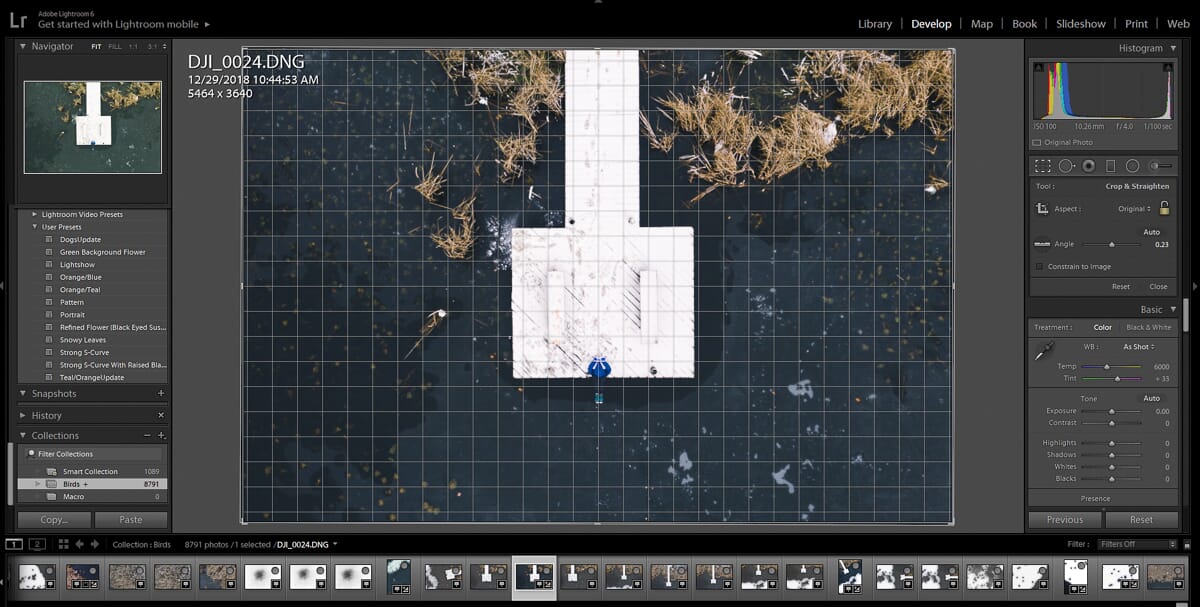
Step 2: Adjust the Temperature of Your Photo for the Perfect Look
Whenever you edit your photos, adjusting the temperature to remove any unwanted color casts should be one of your first steps.
Why is this so important?
Color casts alter the mood of the photo. If your photo is moody and sad, you don’t want a warm color cast. If your photo is happy and fun, you don’t want a cold color cast.
Here is a colder version of this photo:
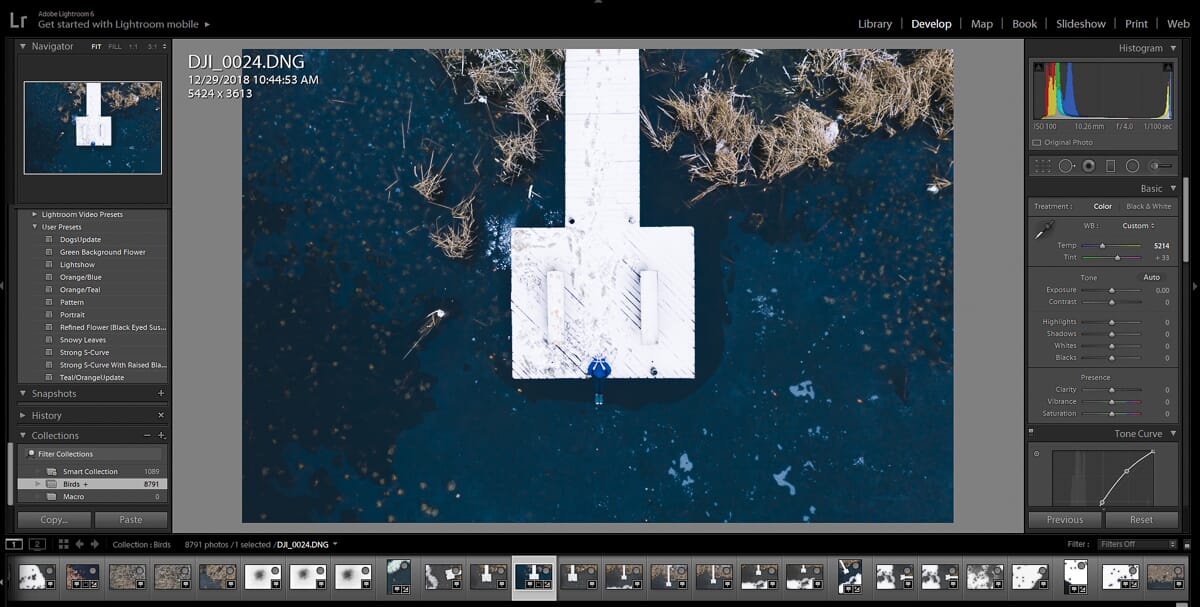
And here is a warmer version:

In fact, I recommend carefully choosing the overall color temperature of your photos. But don’t base this choice on a neutral temperature (that is, a temperature that has zero color cast).
Instead, base this choice on the overall emotion that you’d like to convey. If you want to convey a darker, colder tone, choose a cooler color temperature. If you want to convey a happier, comfortable tone, choose a warmer color temperature.

For this photo, I ultimately decided on a cooler temperature in order to reflect the winter setting:
Step 3: Correct the Exposure of Your Photo for Perfect Details
The next step in your photo editing workflow is to check the exposure.
Remember: The exposure refers to the overall brightness of the photo. Therefore, you should start by looking at your image. Does it seem too bright, too dark, or just right?
Sometimes, exposure corrections are obvious. Other times, you have to resort to more intensive methods.
For instance, try looking at the brightest and darkest parts of the scene. Do the brightest parts have detail in the whites? Do the darkest parts have detail in the shadows?
If the answer is ‘No,’ then it’s a sign that you need to correct your exposure.
Look at this photo:

With a decreased exposure, there is very little detail in the blues of the water.
But with an increased exposure, the whites lose detail:
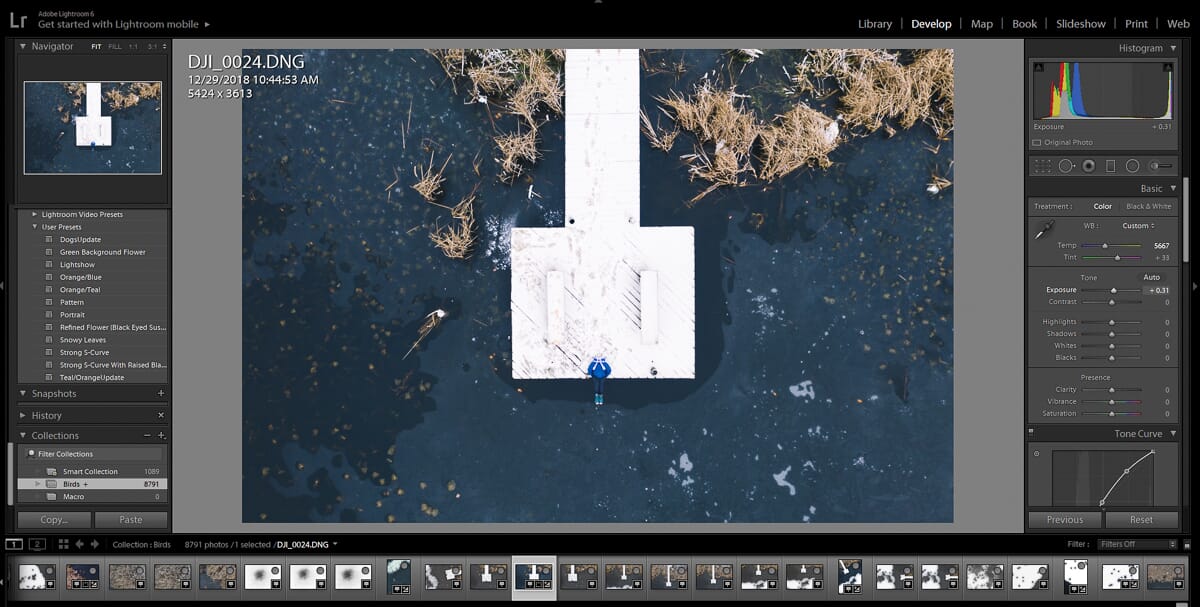
So the way to go is to keep the photo as it is:
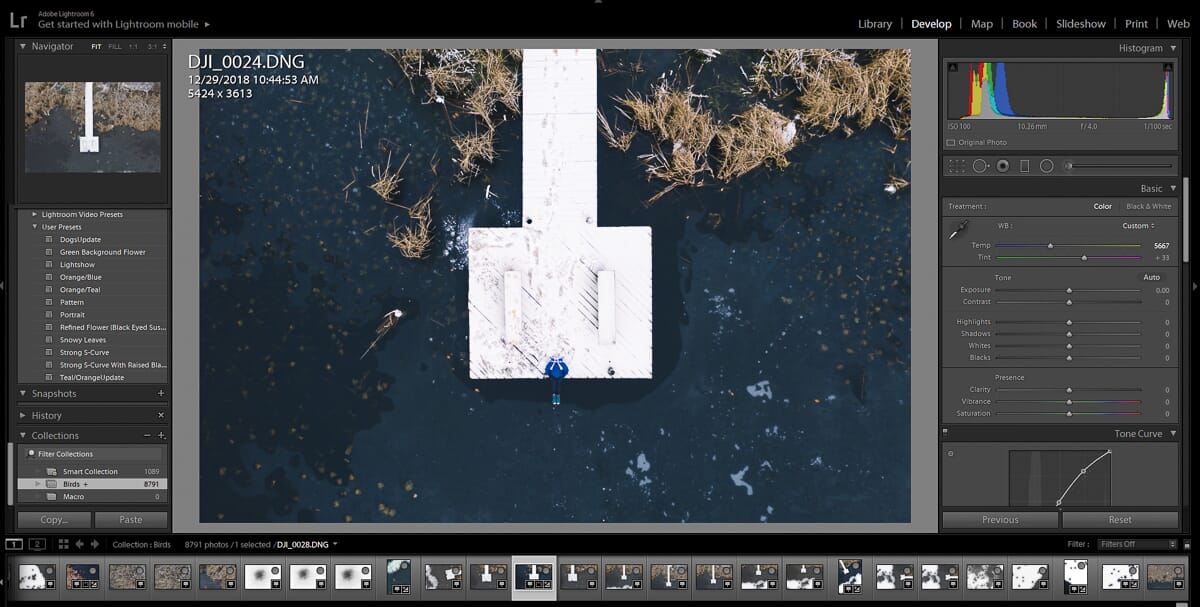
Now, you can also evaluate the exposure using a histogram. A histogram is offered by many image editing programs, and it graphs the brightness of every pixel in your image.
You can see the histogram in the upper-right corner of the photo above.
So look at your histogram. In well-exposed photos, there will be no peaks touching the edge of the graph. Instead, all pixels should sit squarely within the confines of the histogram.
Now, it’s possible to have a photo that’s overexposed but retains all its detail. In such a case, the photo would be overly bright, but without any blown-out whites.
You should also be able to see this on your histogram. Look for peaks concentrated toward the right end of the graph. Then use the exposure correction tools in your photo editing program to bring the exposure back down.
The same is true of too-dark photos. Look for histogram peaks concentrated toward the left end of the graph. And use your exposure adjustment tools to bring the exposure up.
Step 4: Boost the Contrast of Your Photo for Some Pop
Unless you’re deliberately aiming to produce a low-contrast photo, I recommend adding a bit of contrast to your shot.
Most photos are a bit too low-contrast. And contrast will help the elements of your photo stand out. It will also give your photo a slightly more striking, in-your-face look.
Now, one way to adjust the contrast of your photo is to boost the contrast slider. I recommend you start with this.
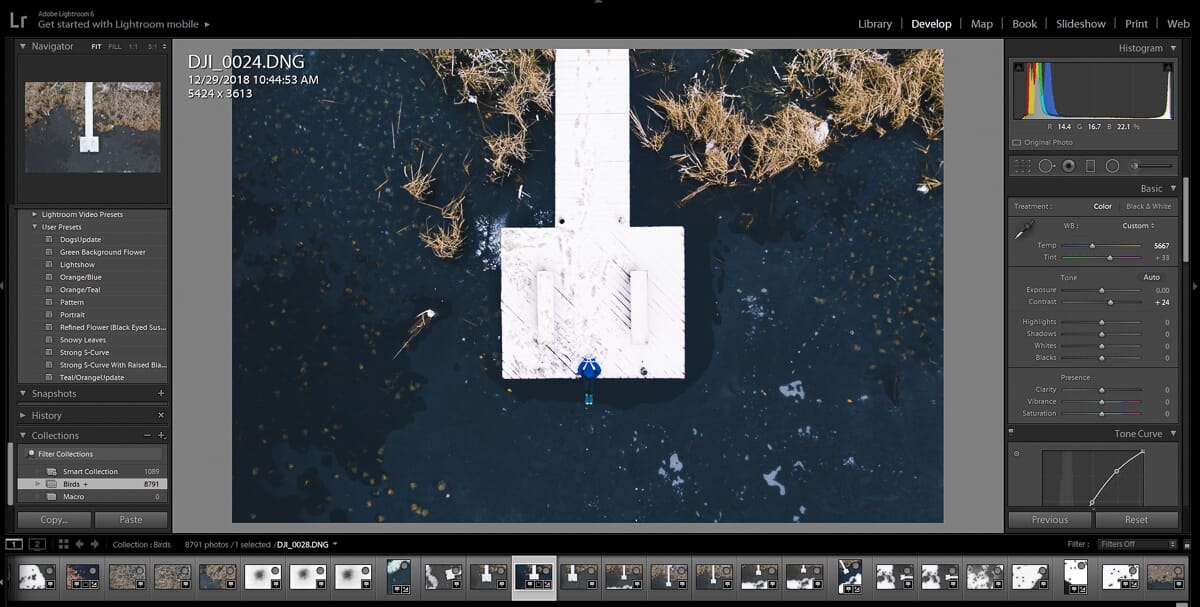
But once you get a bit more experienced, try using more focused contrast tools, which will let you modify tones selectively.
Once you have a good handle on post-processing, you should experiment with dropping the blacks and boosting the whites. You should also test out some small modifications with the tone curve.
Step 5: Increase the Saturation of Your Colors for the Wow Factor
Most photos can use a bit of saturation.
In fact, slightly boosted colors is one of the ways you get that vivid, professional look.
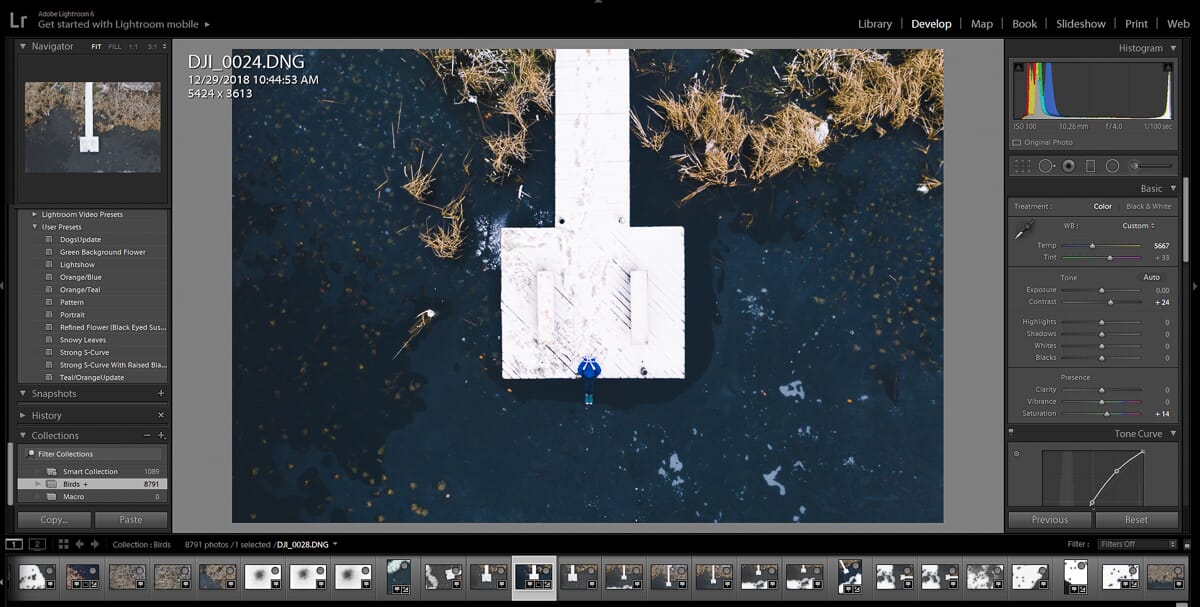
When you’re starting out, I recommend you simply use the saturation slider. Push it up a little bit, but never too much. Oversaturating an image is one of the quickest ways to ruin it.
Once you’ve gained some editing experience, take your color editing up a notch. Learn to saturate and desaturate specific colors so that you create a more harmonious photo.
You can even go beyond this, and start altering colors. You can make a green color more blue, for instance. Or you can make a blue color more green.
Step 6 (Optional): Make Your Image Cleaner With Noise Reduction
Not all images need noise reduction. If you’ve taken your photo at a low ISO, you may have very little noise.
However, if you shot at a high ISO, or you significantly boosted the exposure in your editing program, then your image may require noise reduction.
Most programs offer several noise reduction options. The specifics are beyond the scope of this article, but I recommend you experiment with different types and levels of noise reduction.
Just be careful not to push the software too far. Lots of noise reduction will result in a soft, blurry image.
Step 7 (Optional): Sharpen Your Image for Crisp Details
First things first:
It’s not possible to take a blurry image and make it sharp. If your camera shook or if you missed focus, unfortunately, that’s not something you can fix.
However, you can take a photo that’s somewhat sharp and make it sharper.
In general, I recommend you do very little sharpening. And when you do apply sharpening, make sure it’s at the end of your workflow.
Related Posts
You can also selectively apply sharpening to your subject. This way, you avoid any sharpening issues, such as halos.
(If you do too much sharpening, halos appear along the edges of your subject.)
So feel free to use sharpening, but don’t overdo it.
Limit yourself.
Step-By-Step Photo Editing Plan: Conclusion
If you follow this simple photo editing workflow, then I guarantee that your photos will improve.

Once you get a handle on these basic editing techniques, you’ll start to feel comfortable experimenting with the more advanced techniques that your photo editing software offers.
And your photos will become even better.
(You’ll want to share them all the time!)
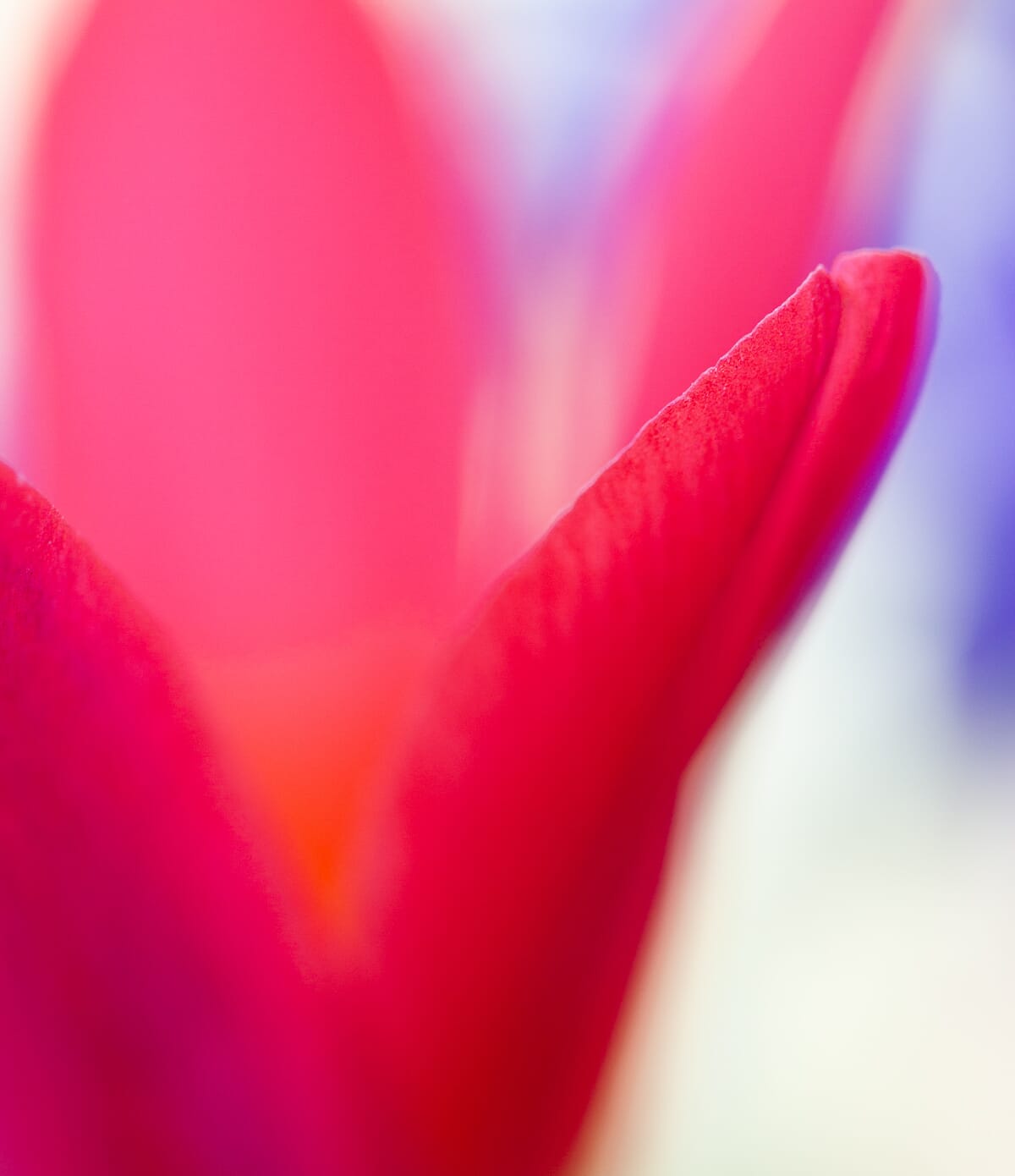
If you want to increase your editing skills further, check out this video:
How To Edit Photos Like A PRO | Lightroom Tutorial
How To Edit Photos Like A Professional. An Adobe Lightroom tutorial for photographers.
Sharing Your Photos on the Web: File Types, Image Sizes, and More
If you want to share your photos on the internet, you only need to follow a few simple rules. These will ensure that your photos look gorgeous, crisp, and clear.
First, always export your photos for sharing as JPEGs. And make sure that they’re a decent size. You don’t want to produce a huge photo, as that will be a nightmare to load. And you don’t want to produce a tiny photo; it’ll look terrible.
Instead, try to find a happy medium. I recommend you start by exporting photos at 1280 pixels. Then you can size up or down, depending on your needs.

Second, always export using the sRGB color space.
Color space basically determines the spectrum of colors that are displayed in your photo. And the sRGB color space produces colors that are perfect for web display.
Third, do a final round of sharpening before you export, but after you’ve converted the image to a JPEG.
Whenever you convert to the JPEG file format, the image is compressed. When this happens, the image becomes slightly soft.
That’s why you should always sharpen as a final step. If you don’t sharpen, the file format conversion will result in a less-crisp photo.
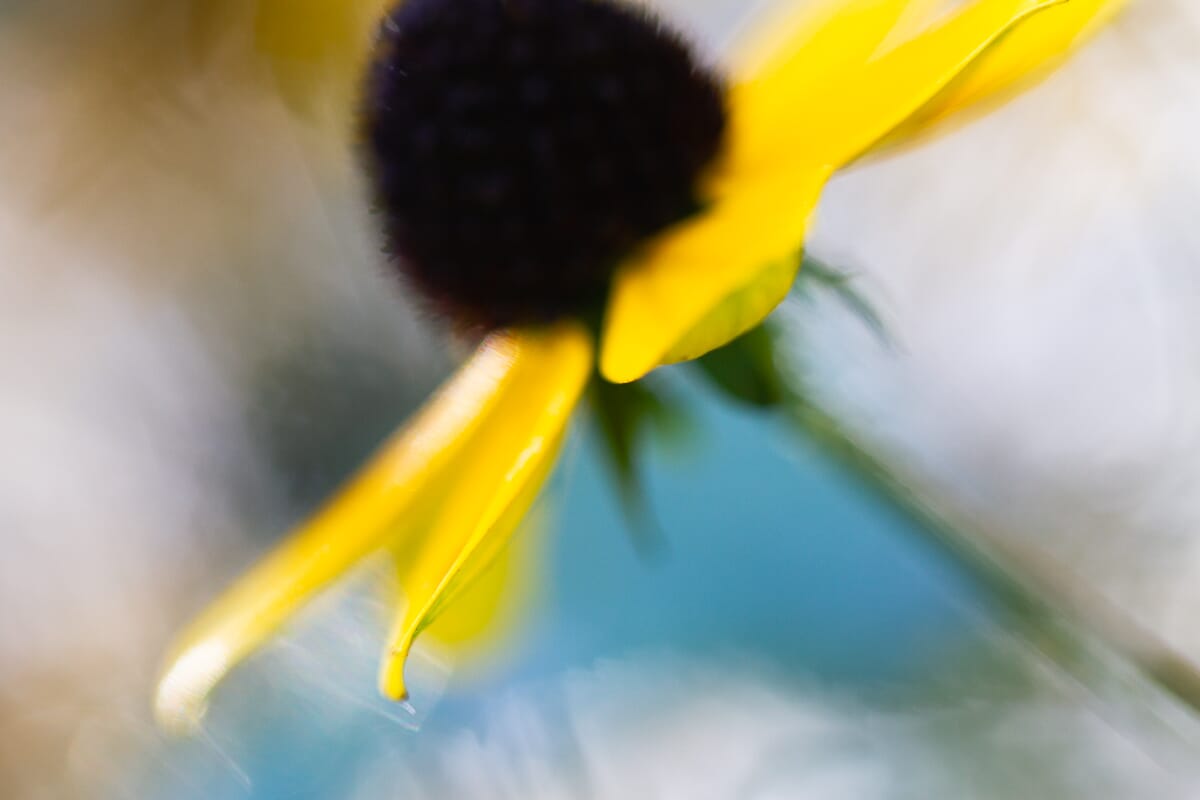
In Lightroom, this is offered in the export options as ‘Sharpen for Web.’ Other editing programs require that you sharpen manually after converting to a JPEG. Regardless, you want to make sure you do a bit of sharpening on your JPEGs!
How to Edit Photos: Conclusion
Now that you’ve read this article, you should be able to produce some amazing photo edits.
So next time you capture some photos, don’t just let them sit on your hard drive. Instead, edit them!
You’ll absolutely love the results.

Is photo editing important?
Yes, photo editing is critical! Editing your photos is how you go from mediocre images to good images–or from good images to truly great images. Professionals almost always edit their work, and it’s because photo editing allows them to bring out the best in their photography. So I highly recommend you edit your images, even if it’s just a quick, fifteen-second process. Your images will end up looking far, far better!
Is RAW or JPEG better for photo editing?
RAW is by far the better file format for photo editing. RAW files have greater bit depth (which reduces banding when doing extensive editing), plus they allow you to recover extra information from the edges of the histogram. In other words: If you shoot in RAW, you’ll have far more latitude when editing your images. If you shoot in JPEG, you can still edit your photos, but you’ll be limited in what you can do, and too much editing will quickly make your images unusable.
What are the best photo editing programs?
Adobe Lightroom Classic is the industry standard for basic photo editing tasks (and photo organization). However, Luminar and ON1 Photo RAW are both viable alternatives for beginners – while Capture One 20 is a suitable alternative for more experienced photographers. If you’re looking to take your editing to the next level and really hone in on certain adjustments, then Adobe Photoshop is a must-have (here, there are far fewer powerful alternatives, though Serif’s Affinity Photo is definitely worth checking out).
What are global adjustments?
Global adjustments affect your entire photo. They’re adjustments such as exposure, contrast, saturation, clarity, and more. When you add a global adjustment to your image, you can expect that most–or all–of the image will look different afterward.
What are local adjustments?
Local adjustments affect only a portion of your photo. Most photo editing programs allow you to use local adjustments to varying degrees. For instance, in Lightroom, you can use the Radial Filter to brighten up only a portion of the frame, or the Adjustment Brush to paint contrast across the bottom half of the shot. Photoshop, with its extensive masking options, allows for even more fine-tuned local adjustments.
